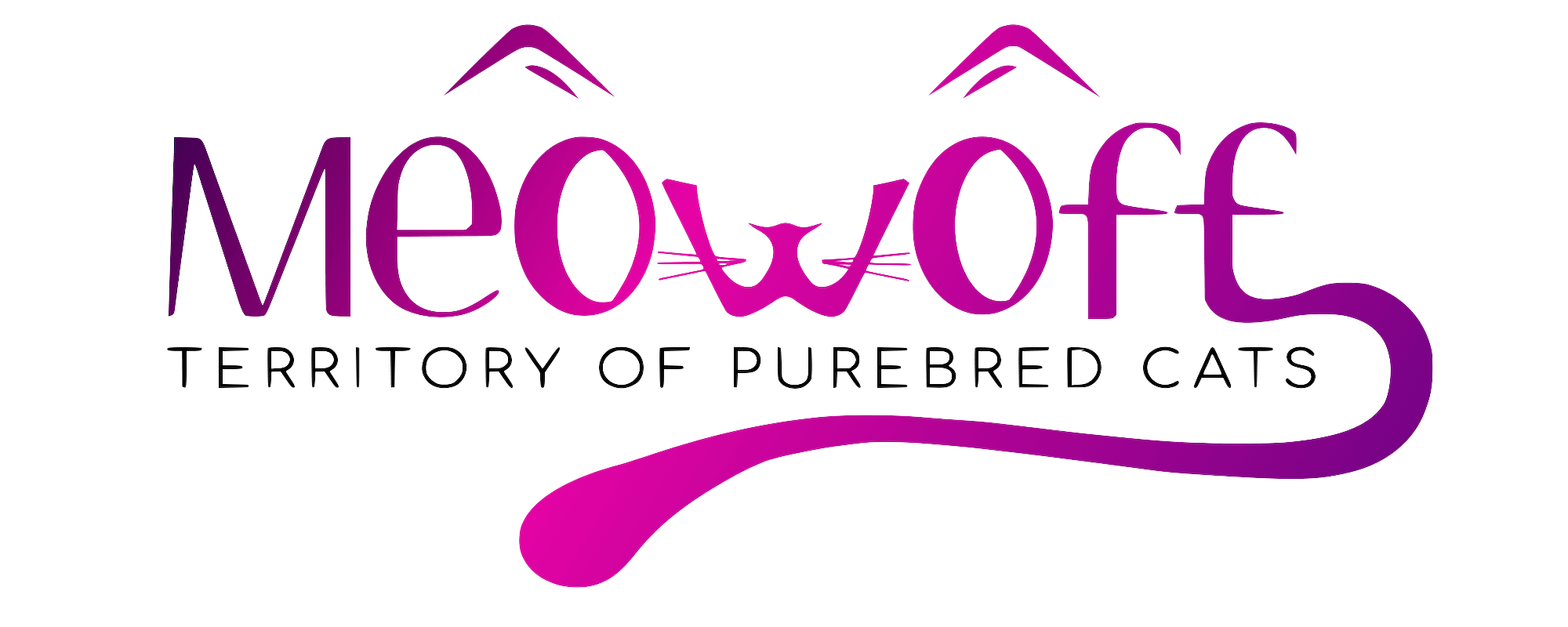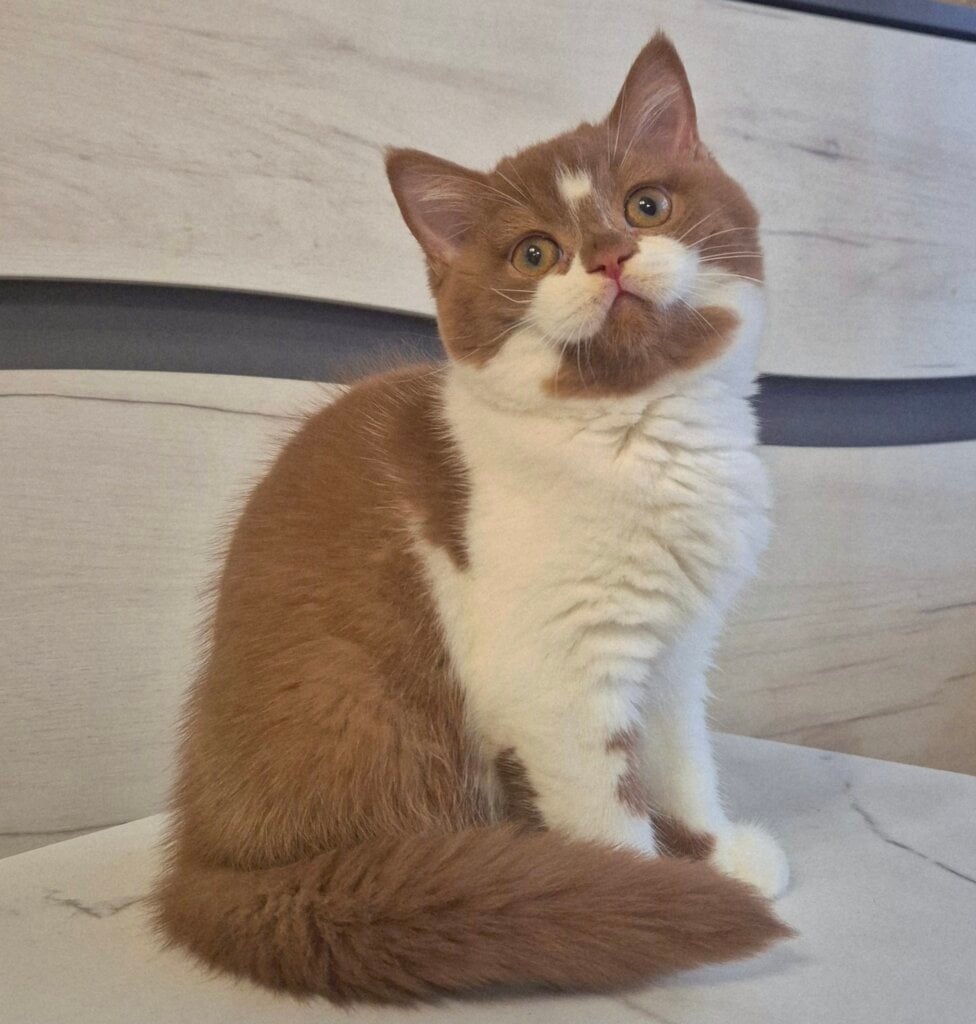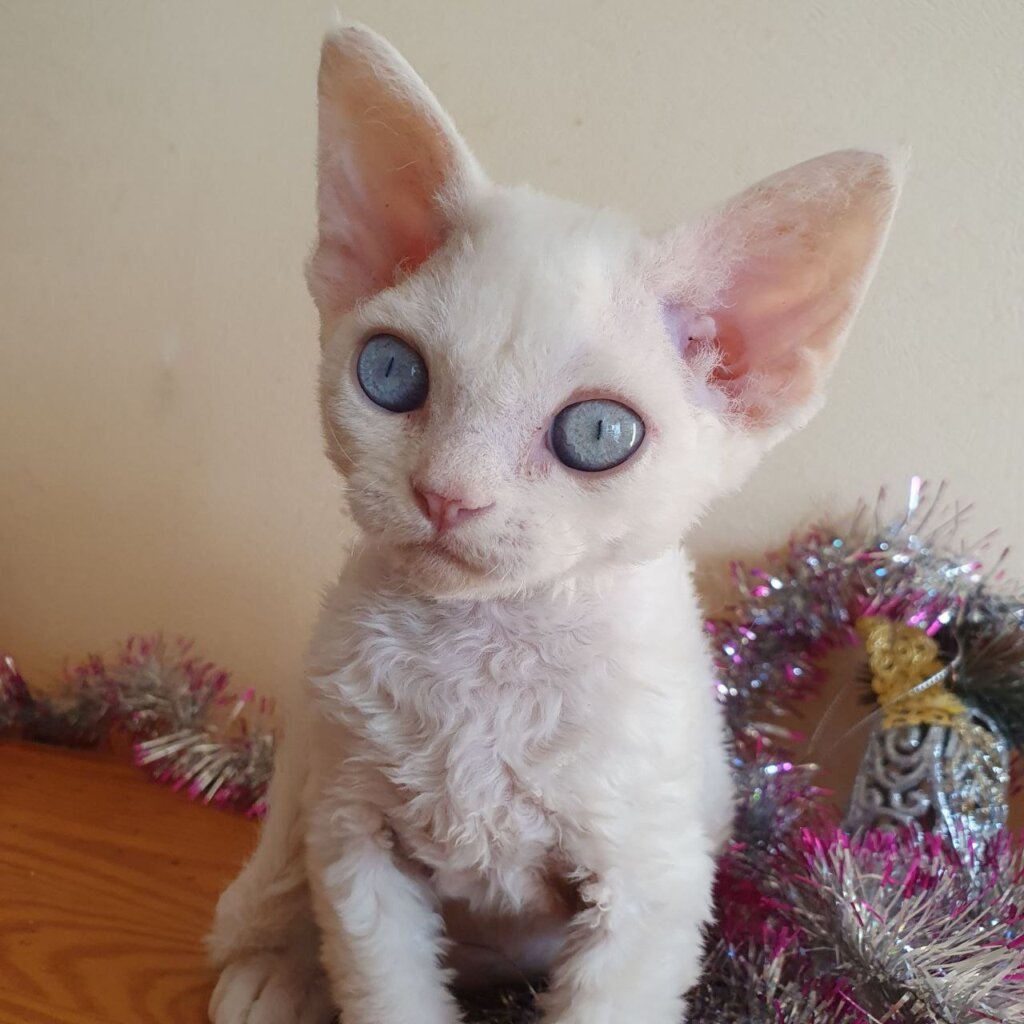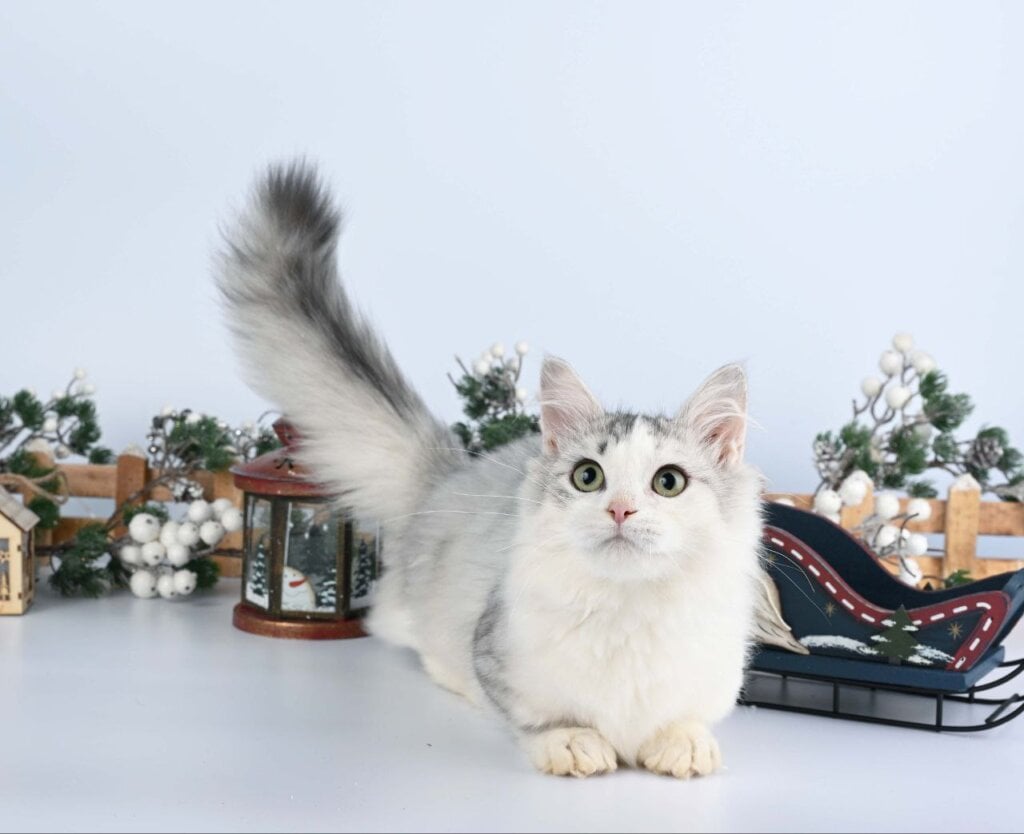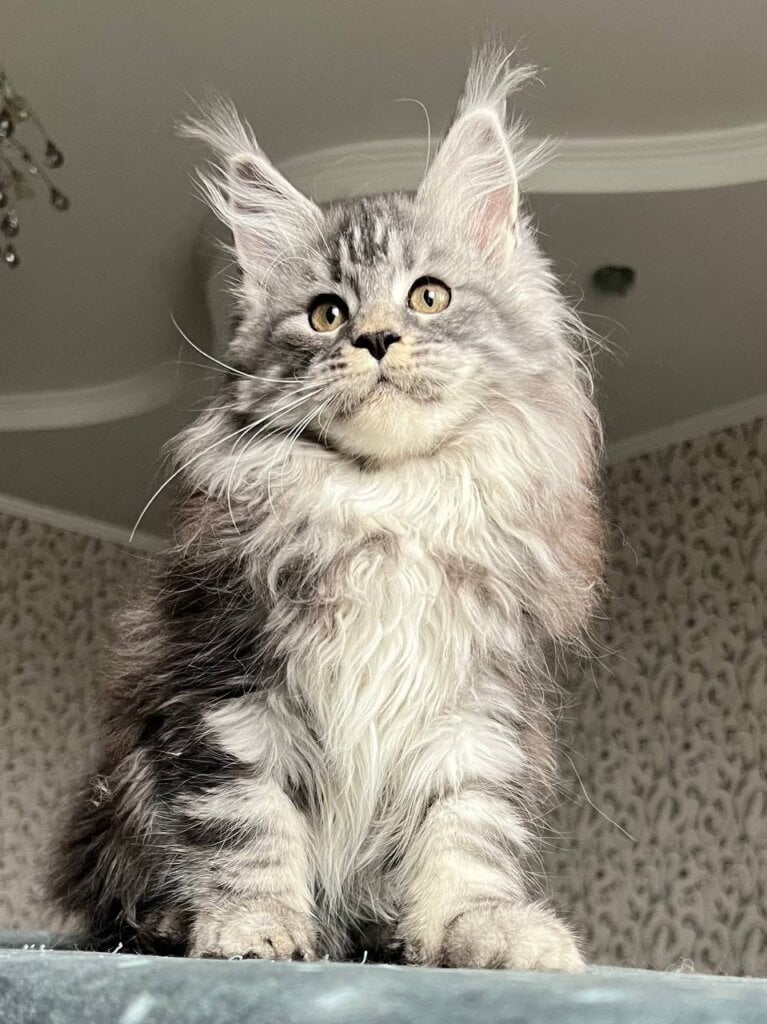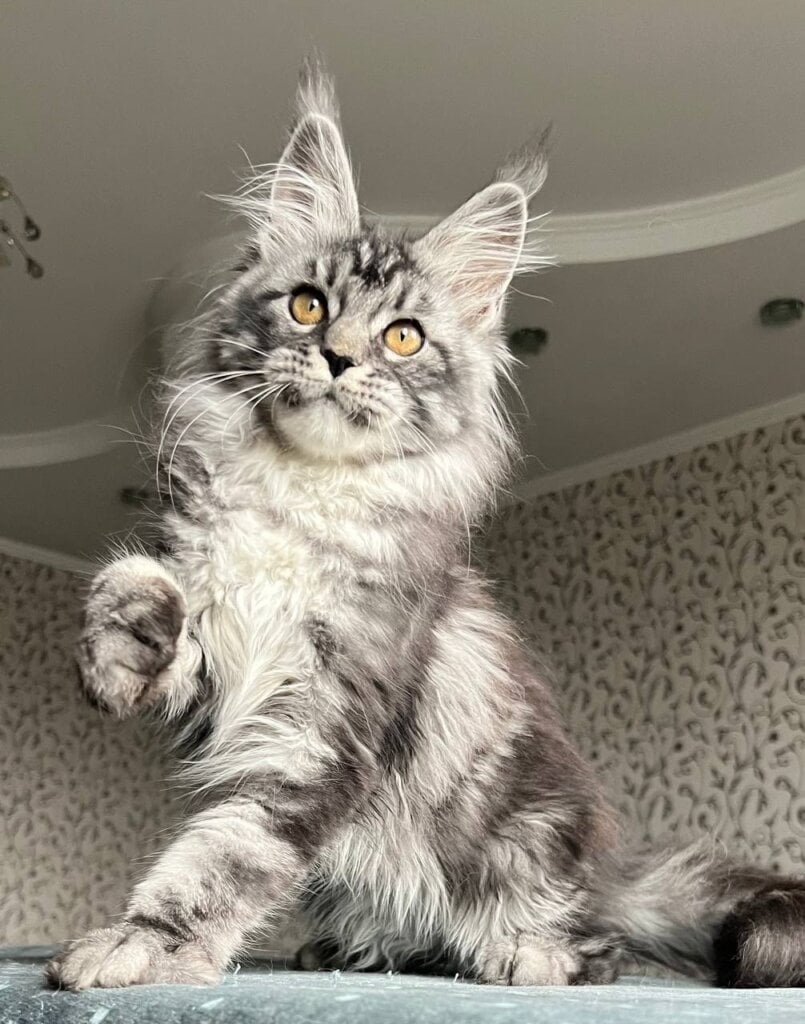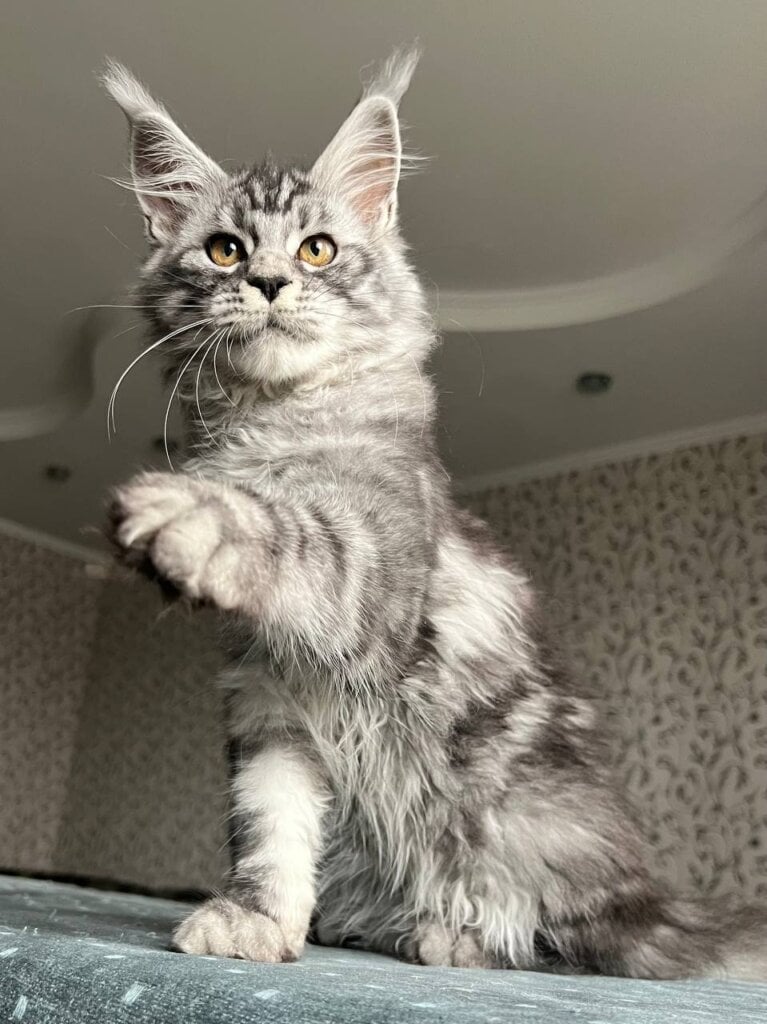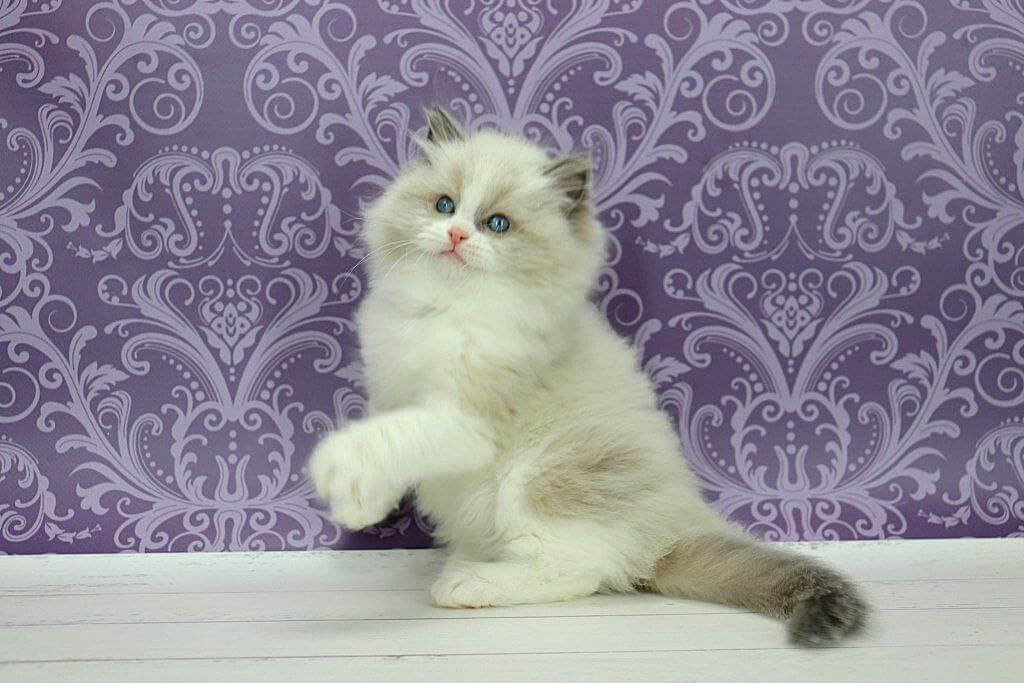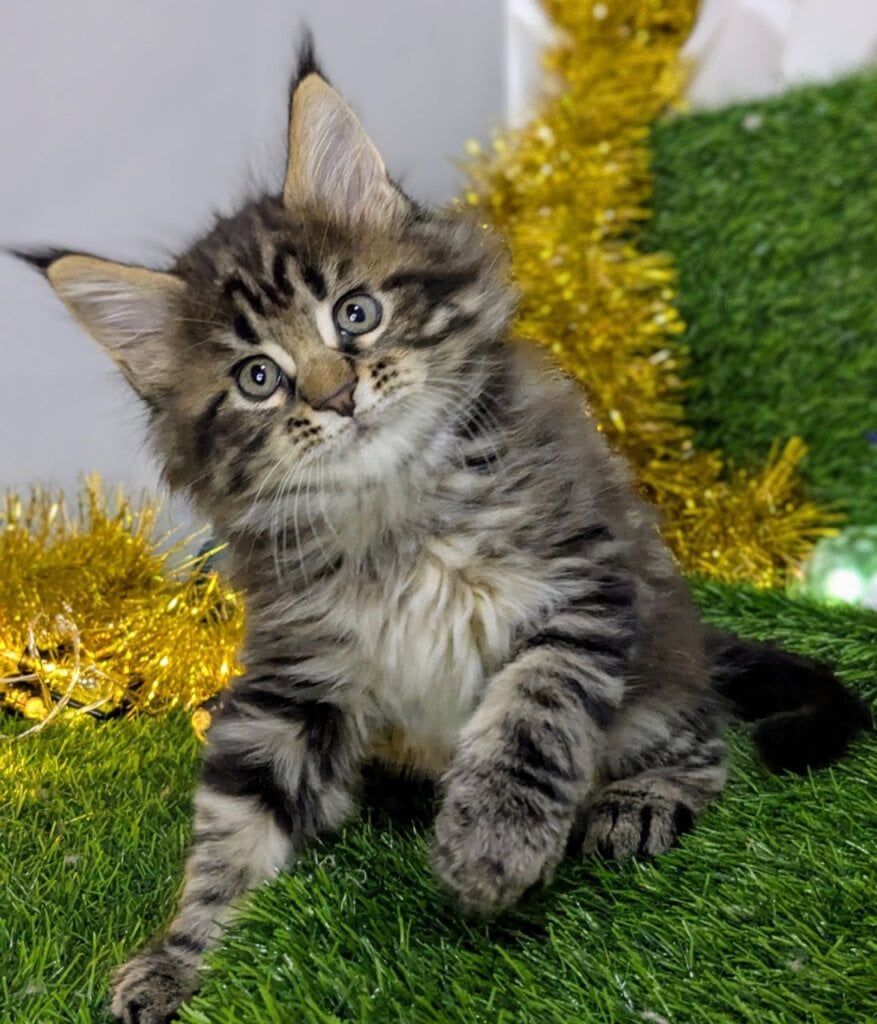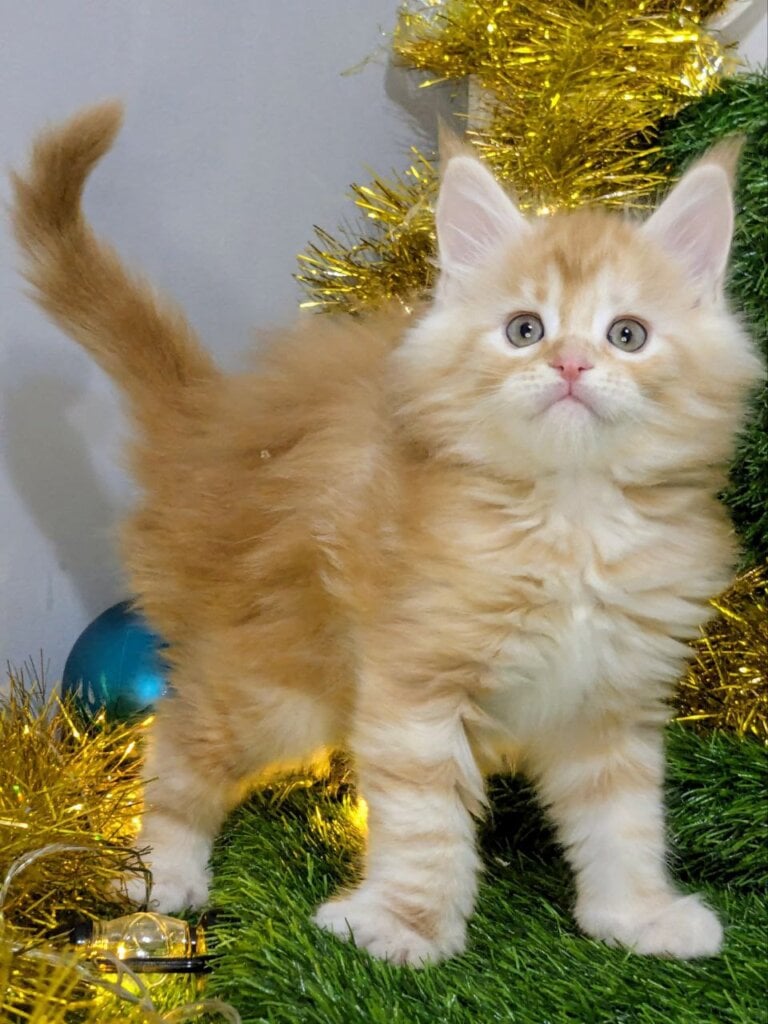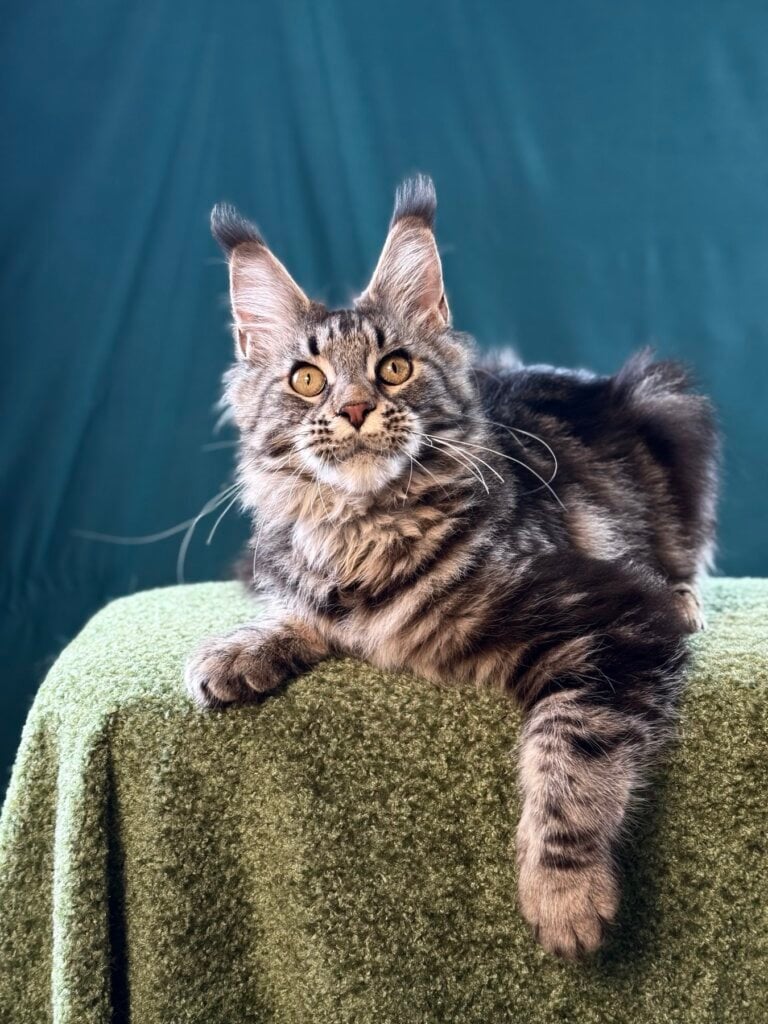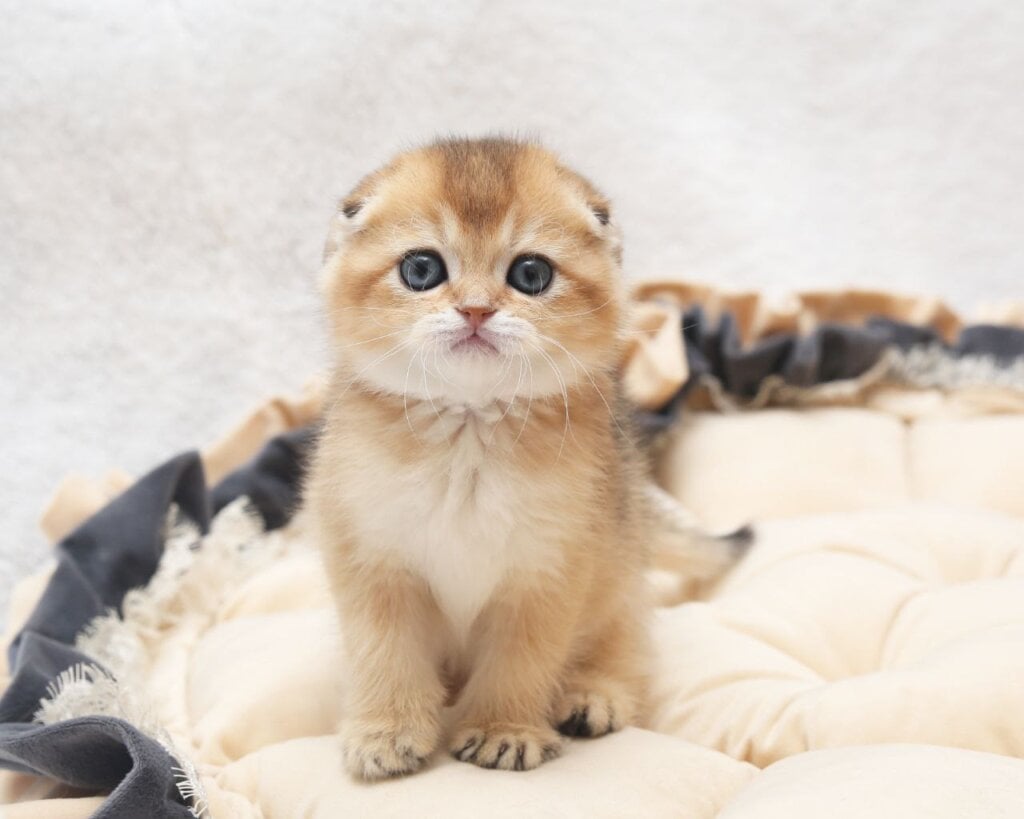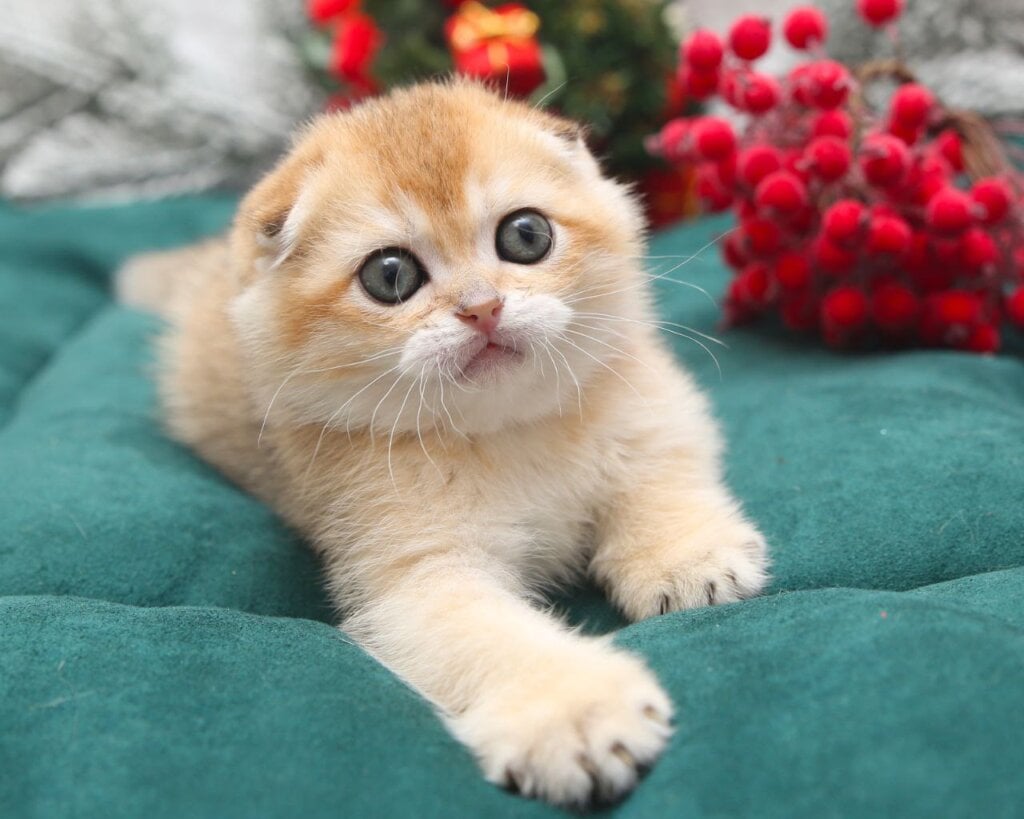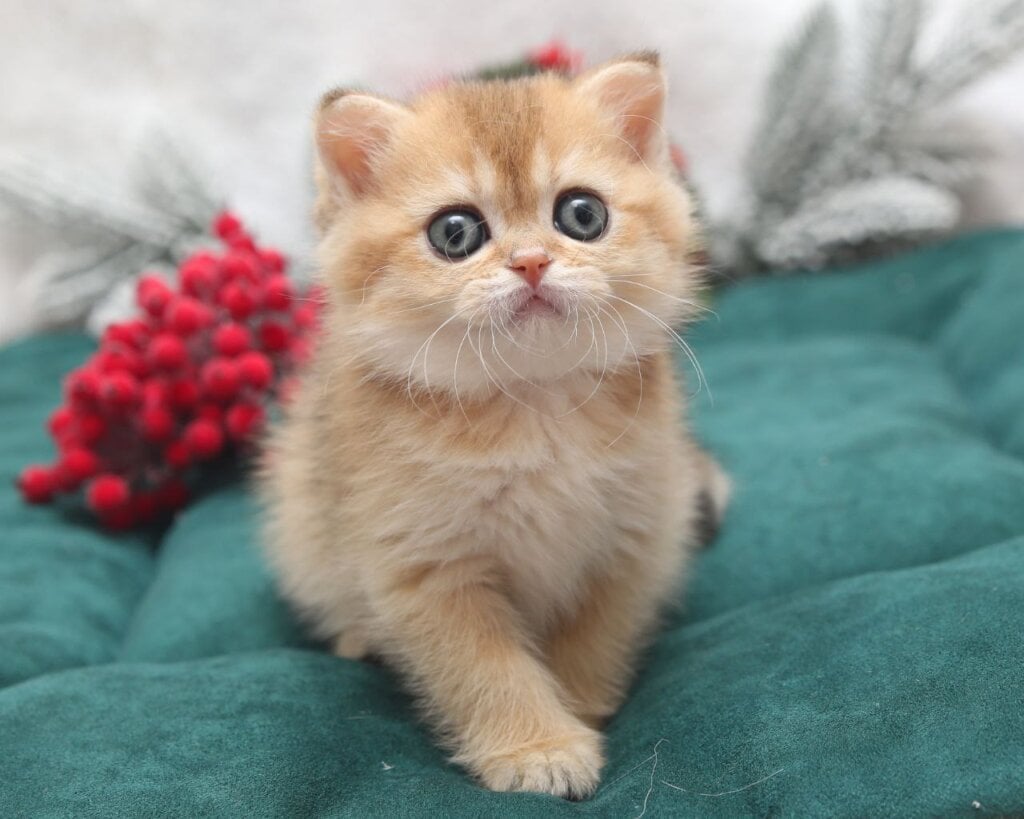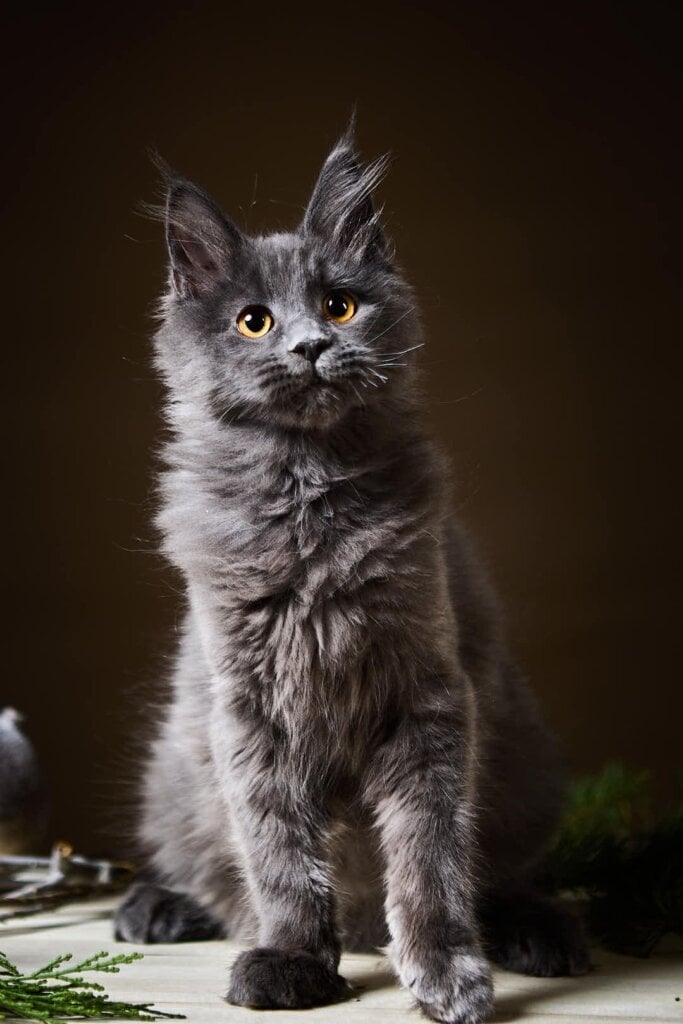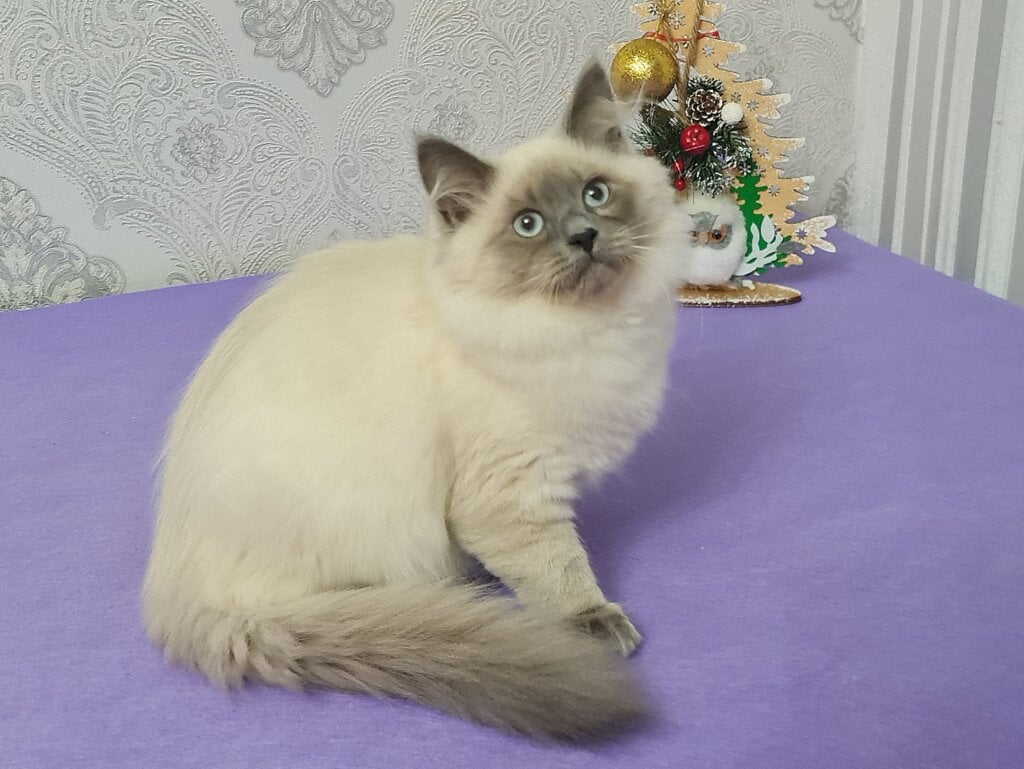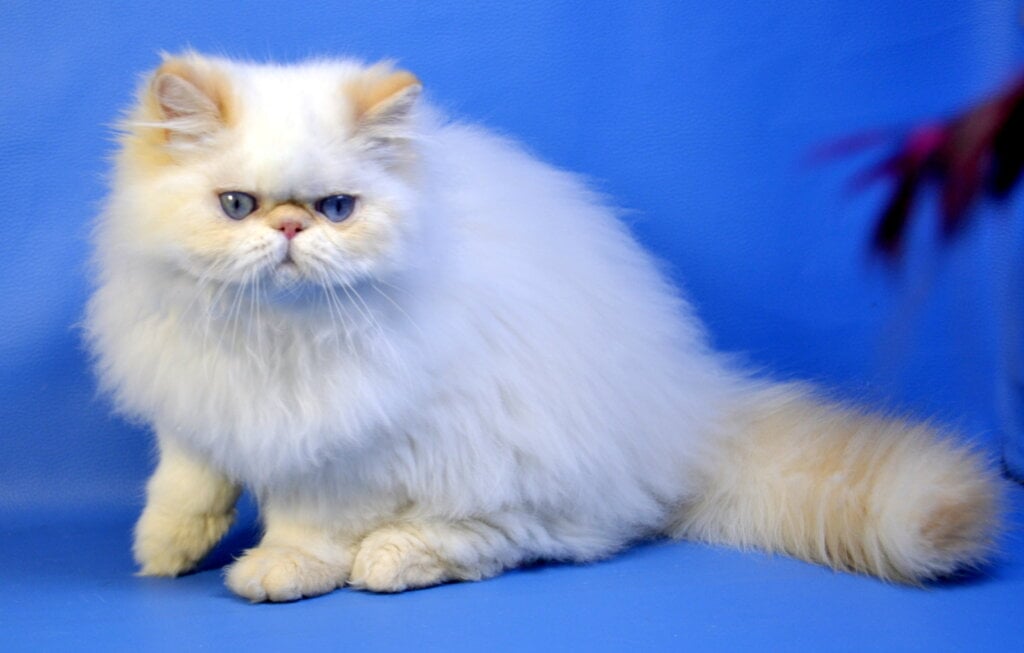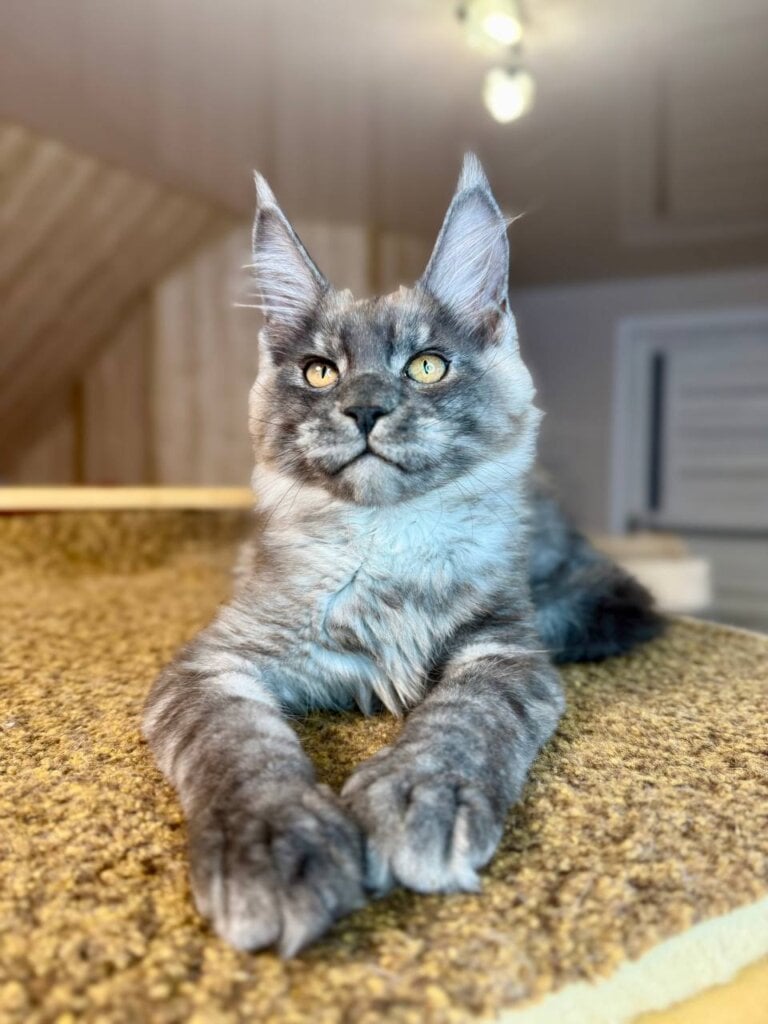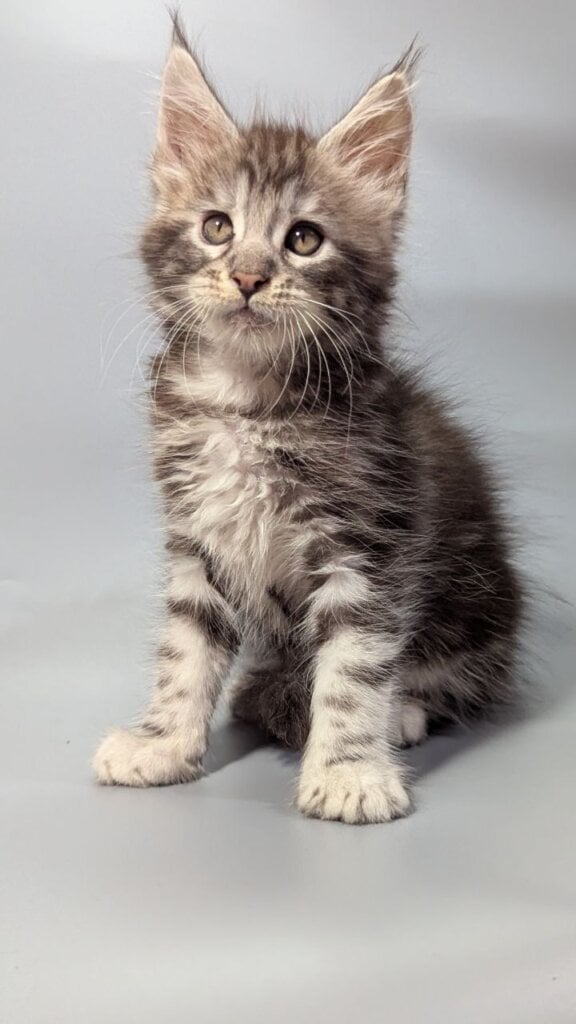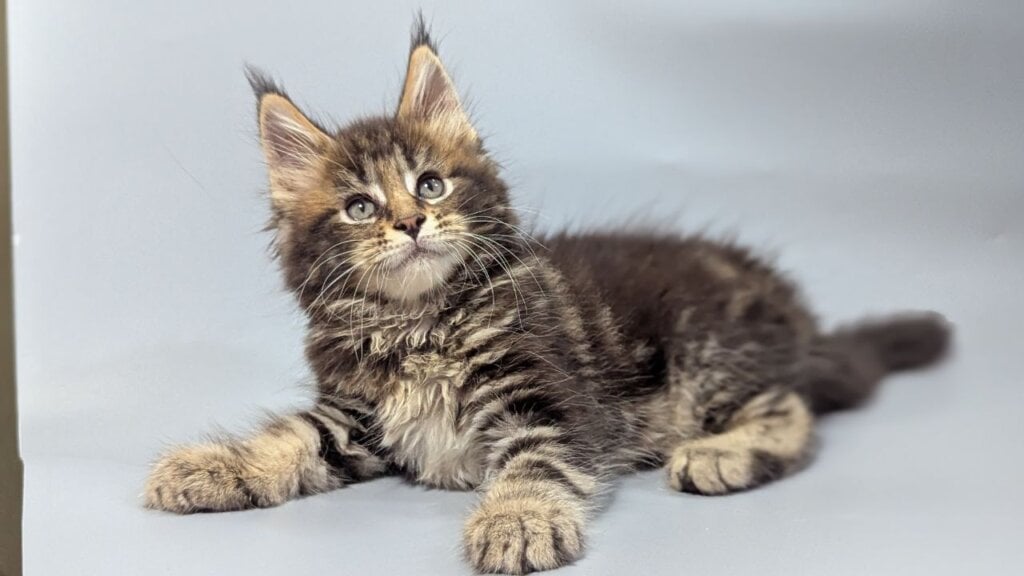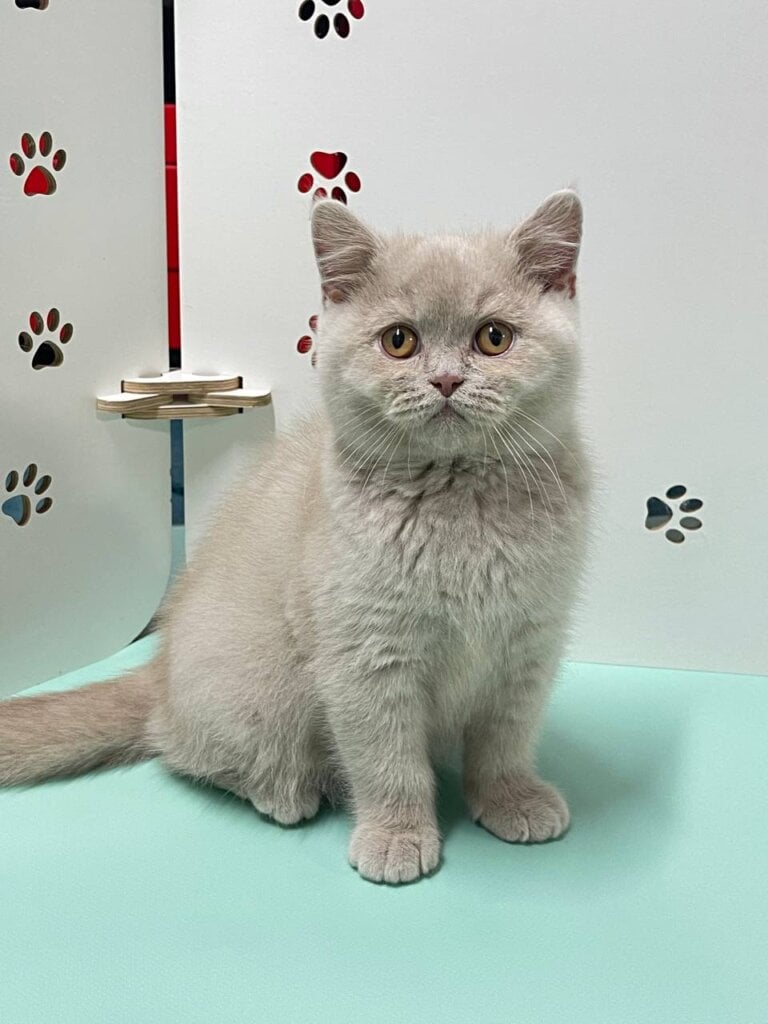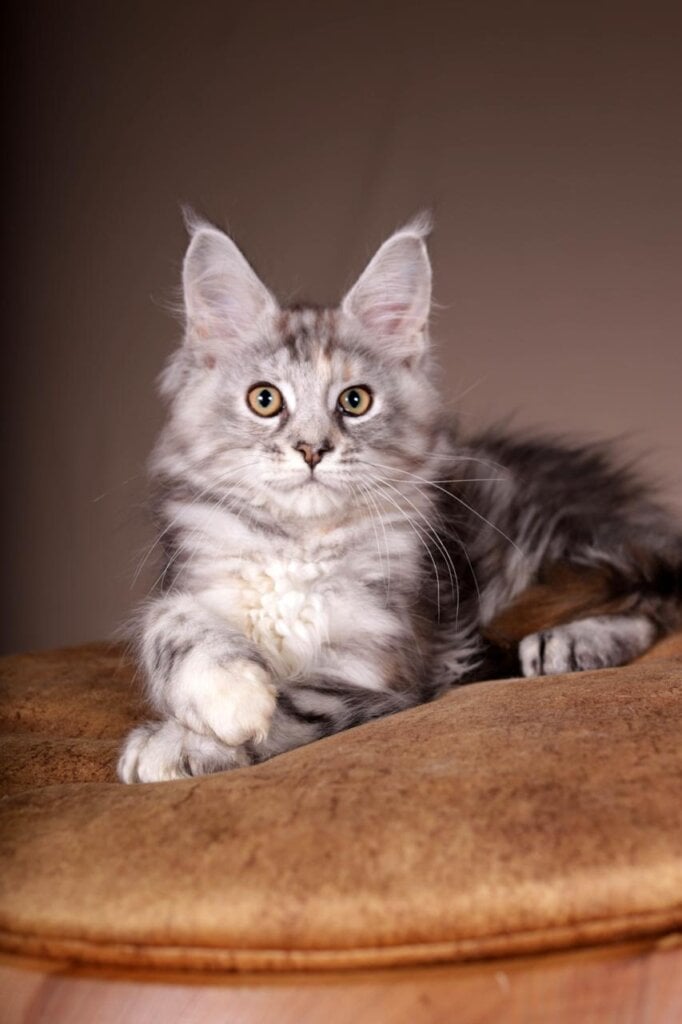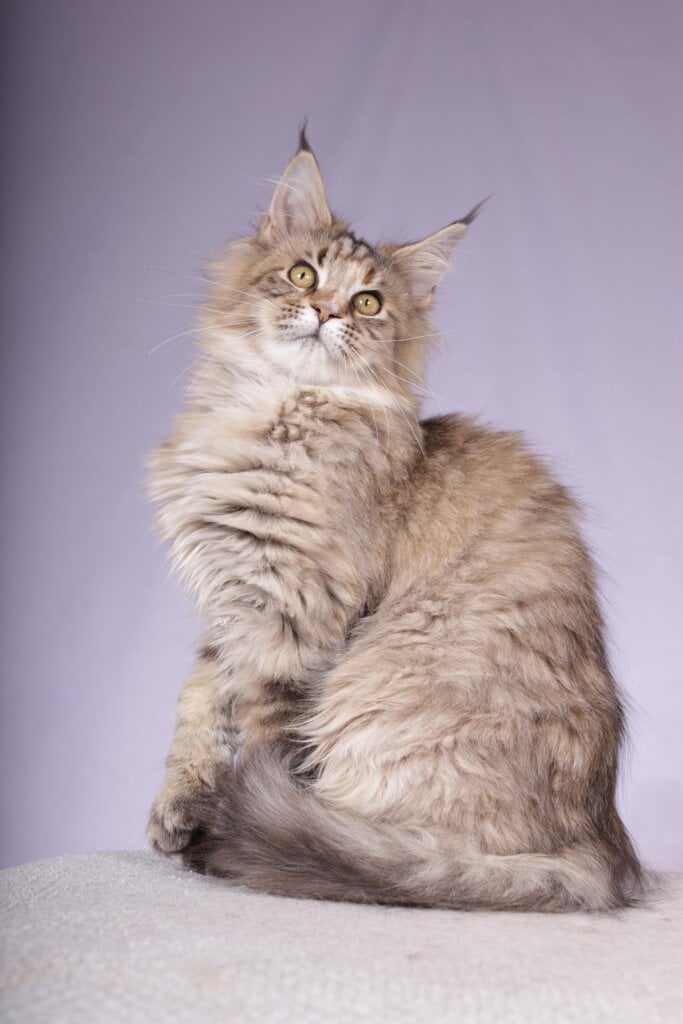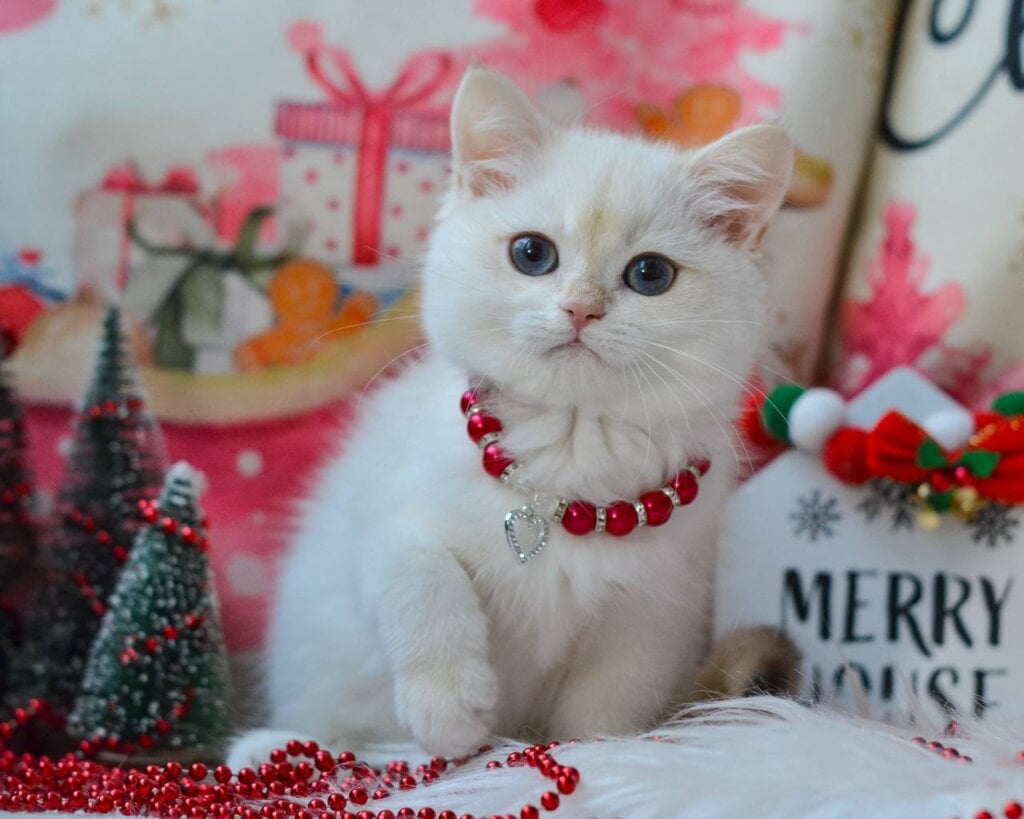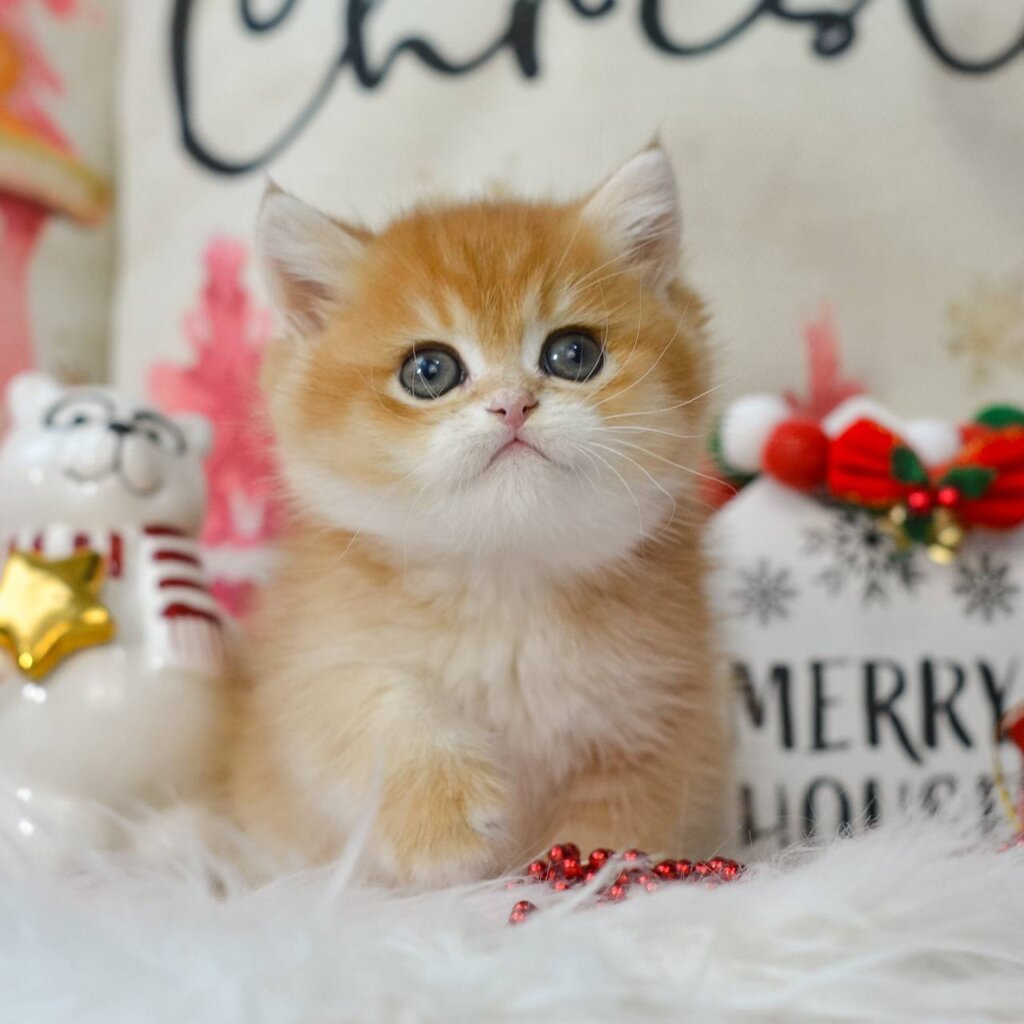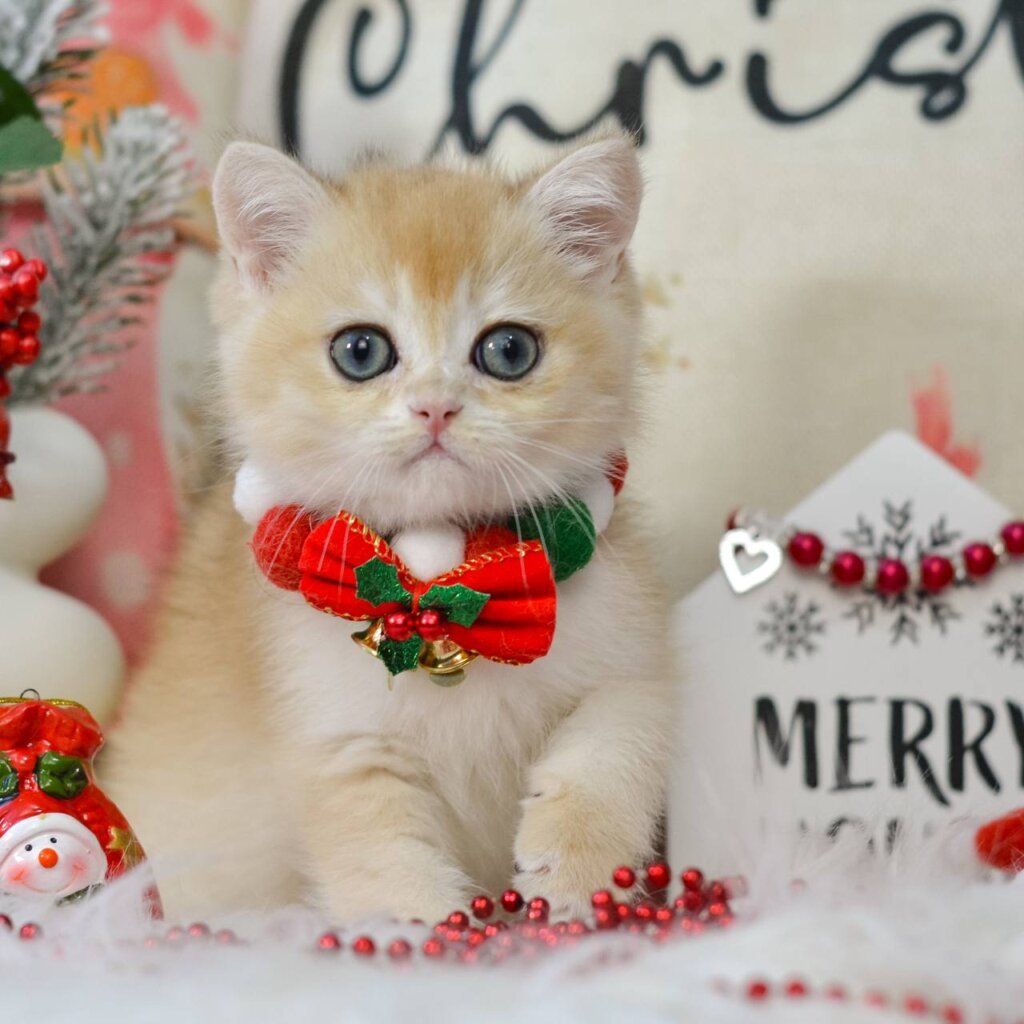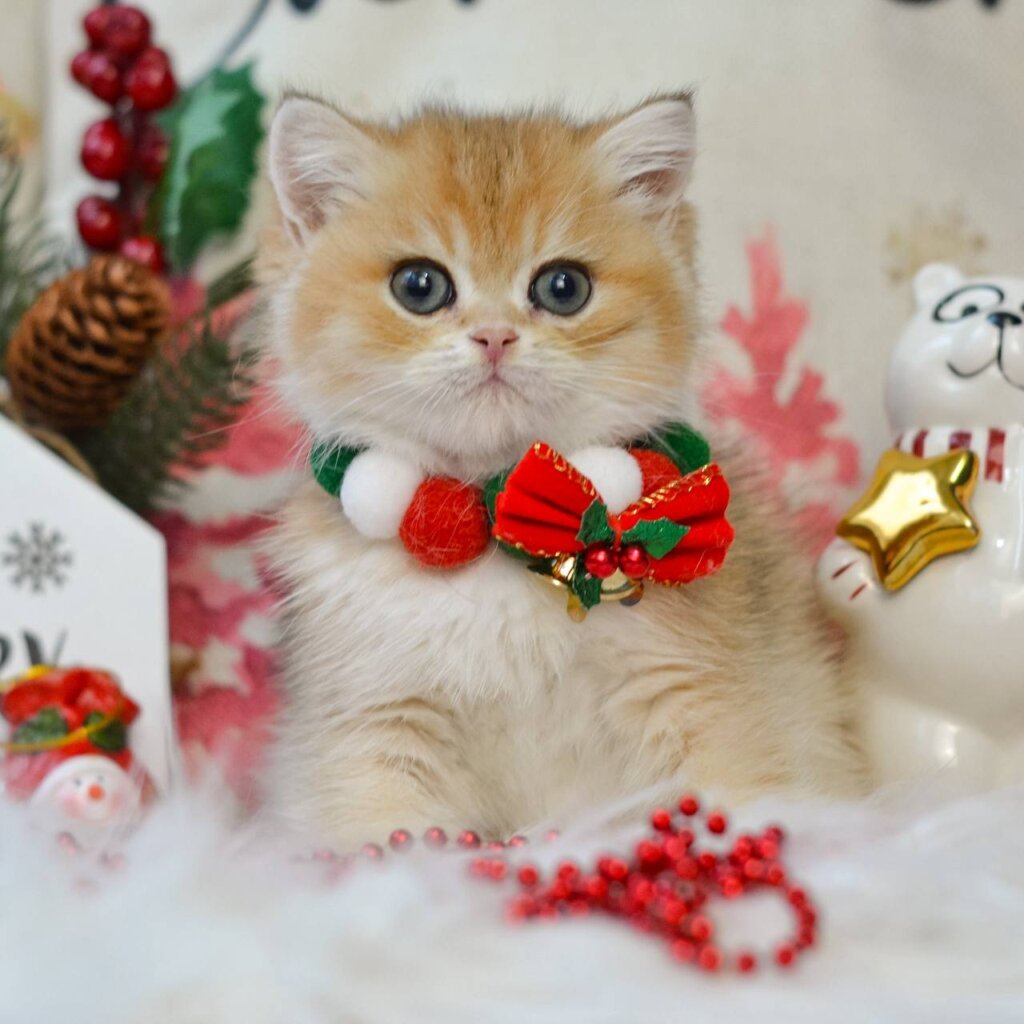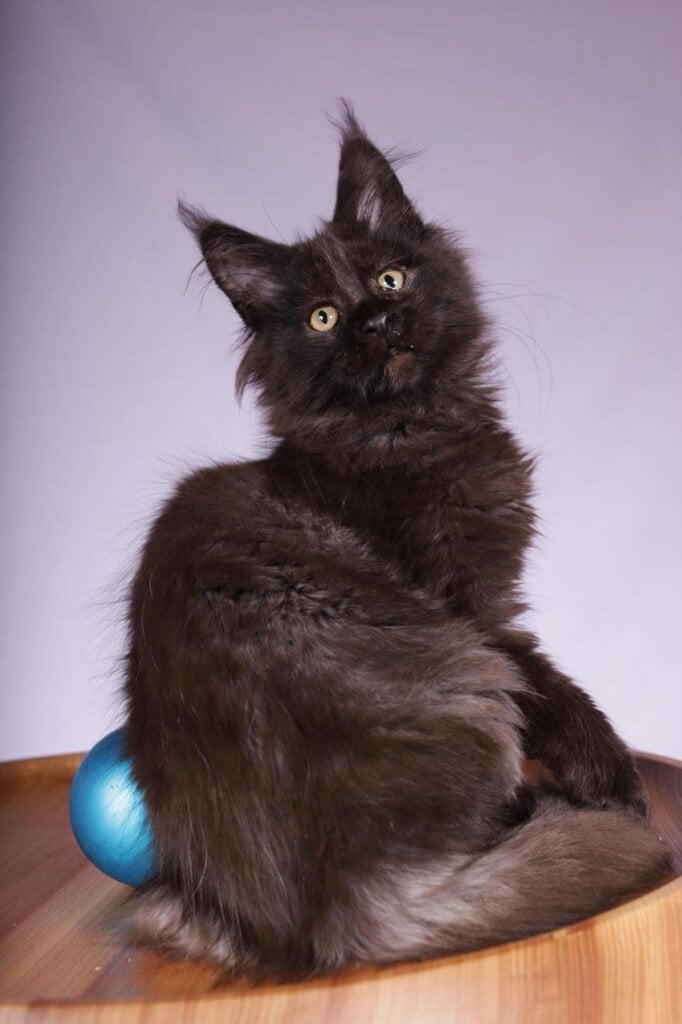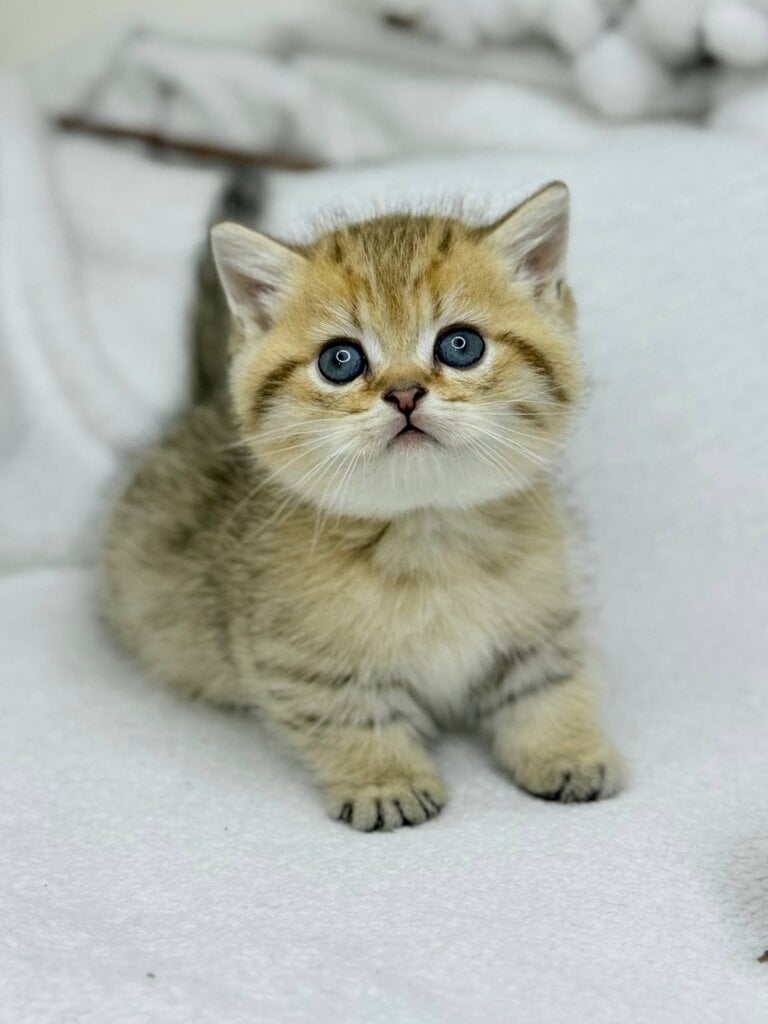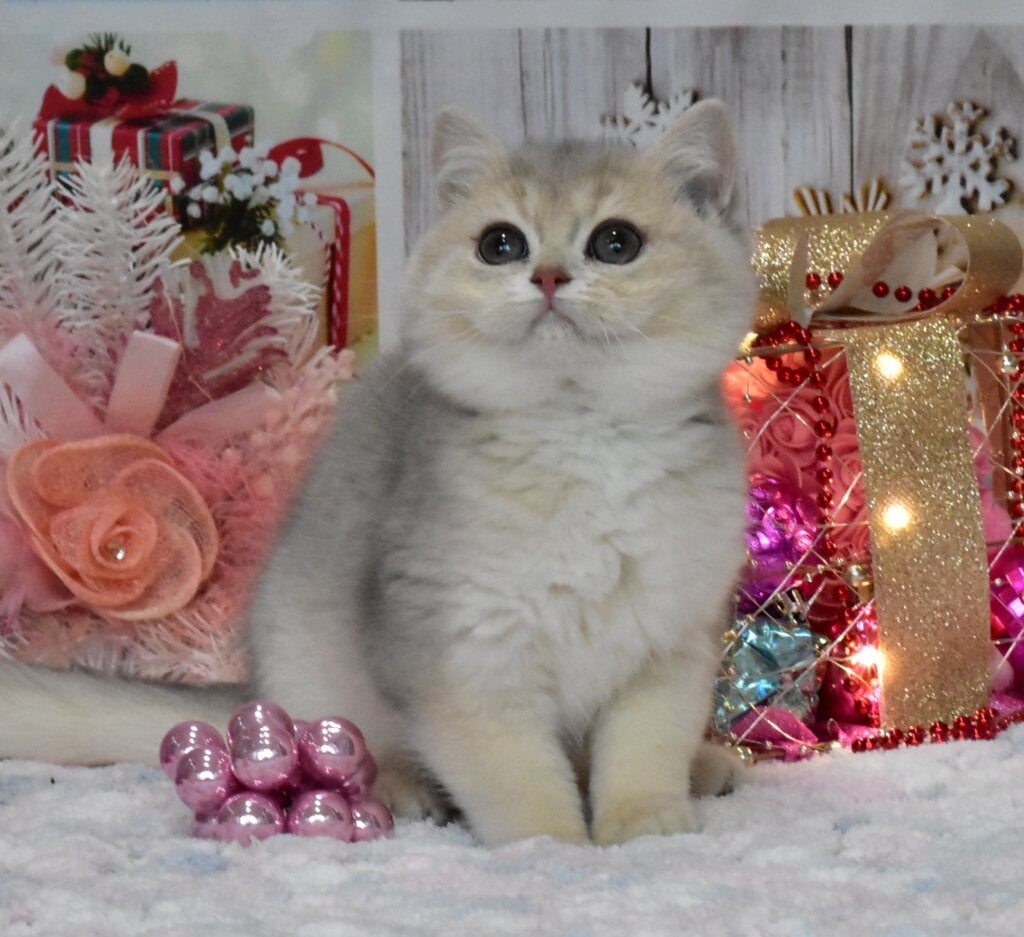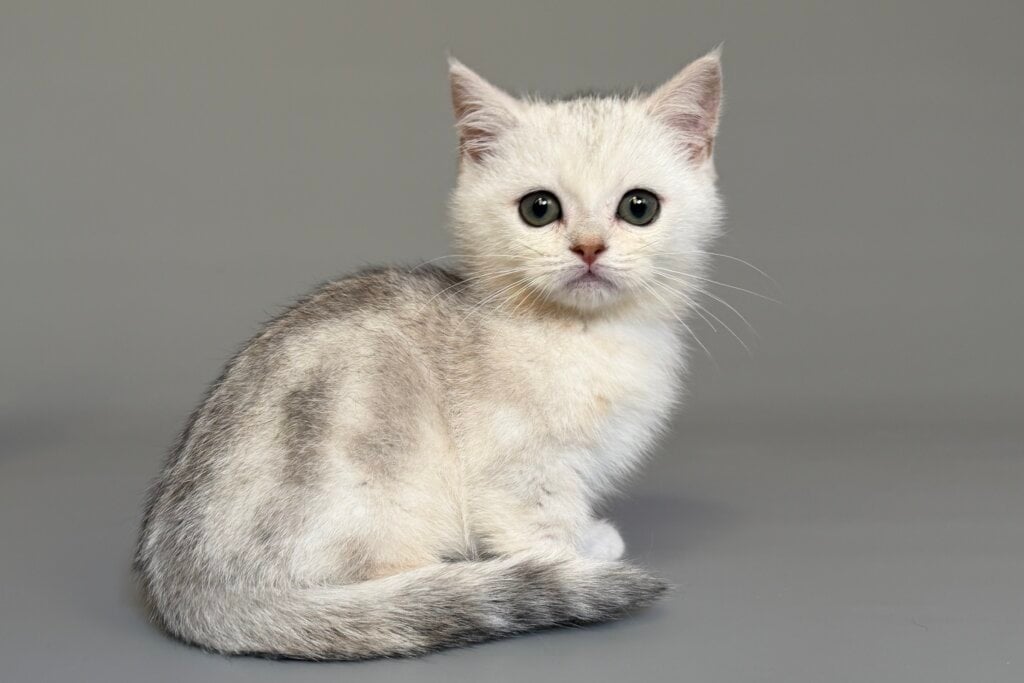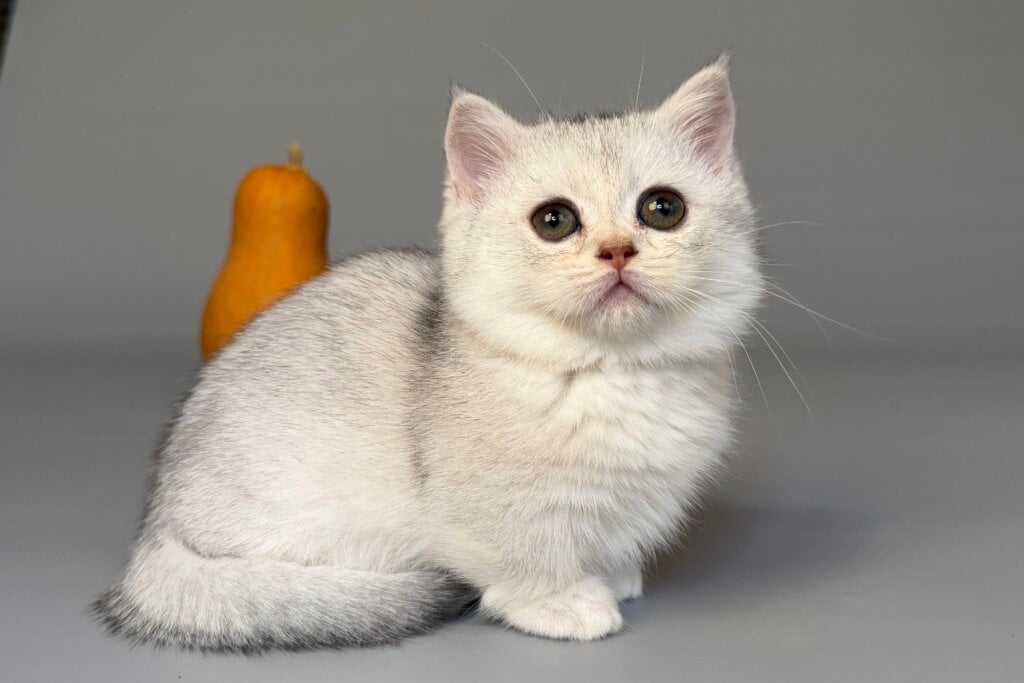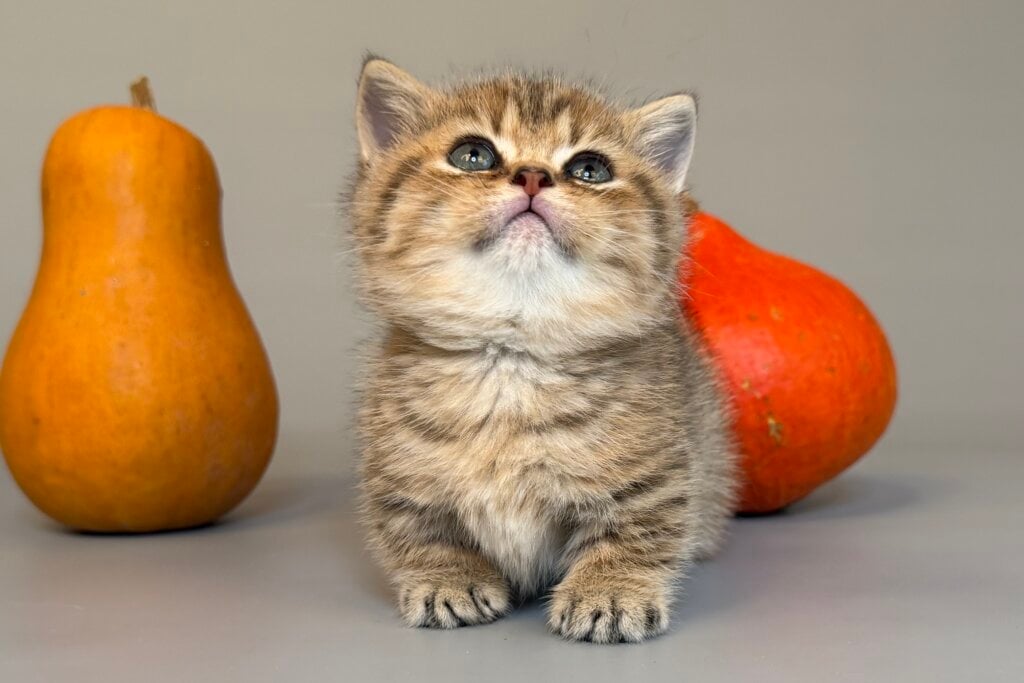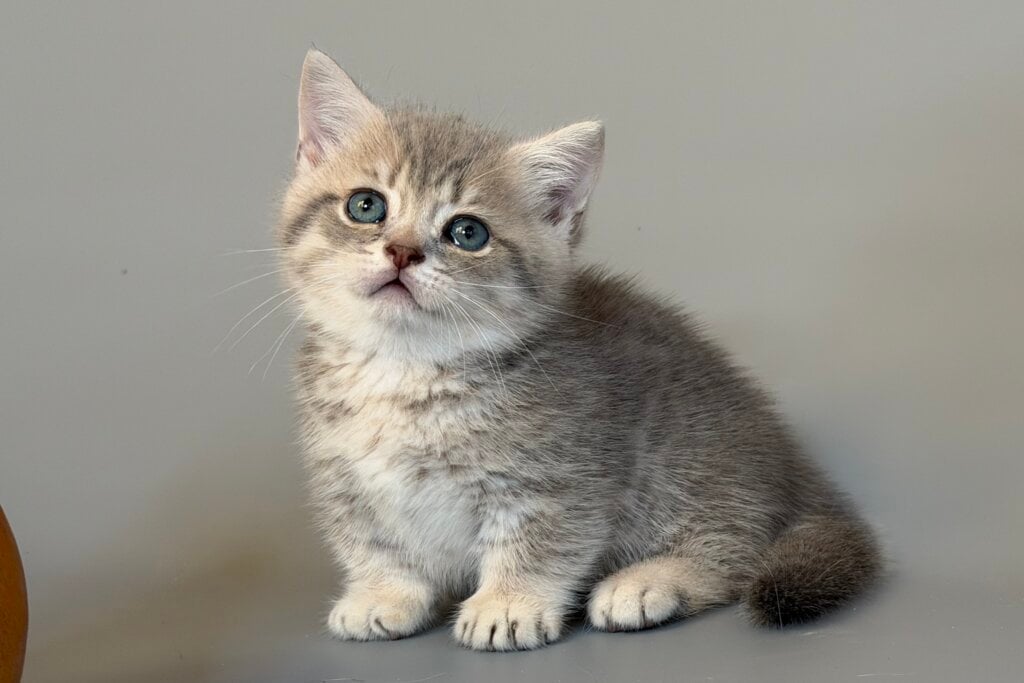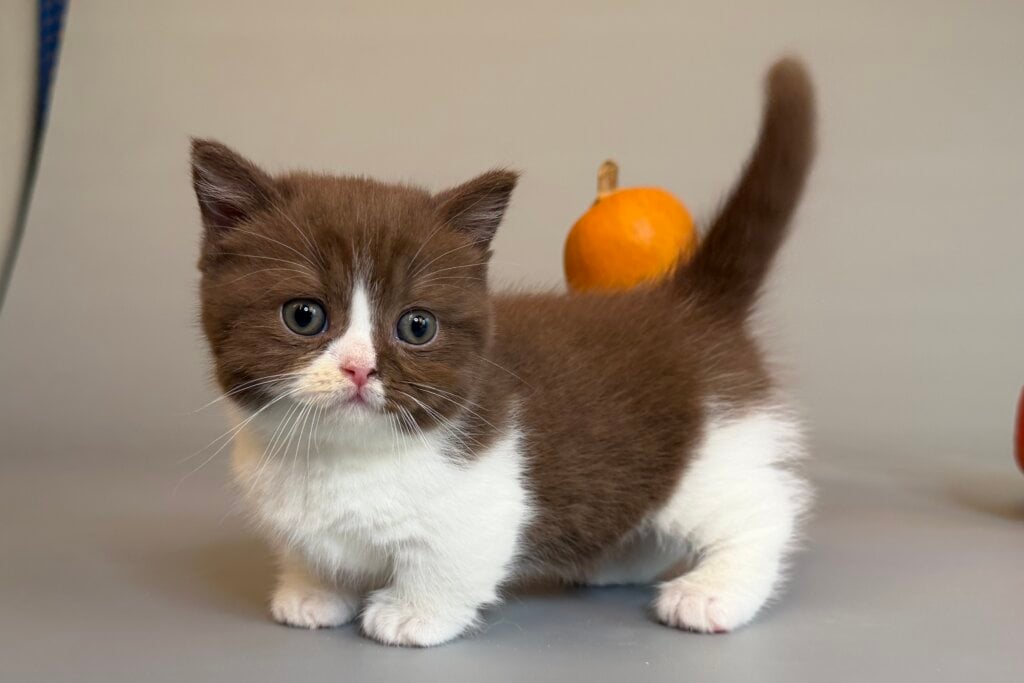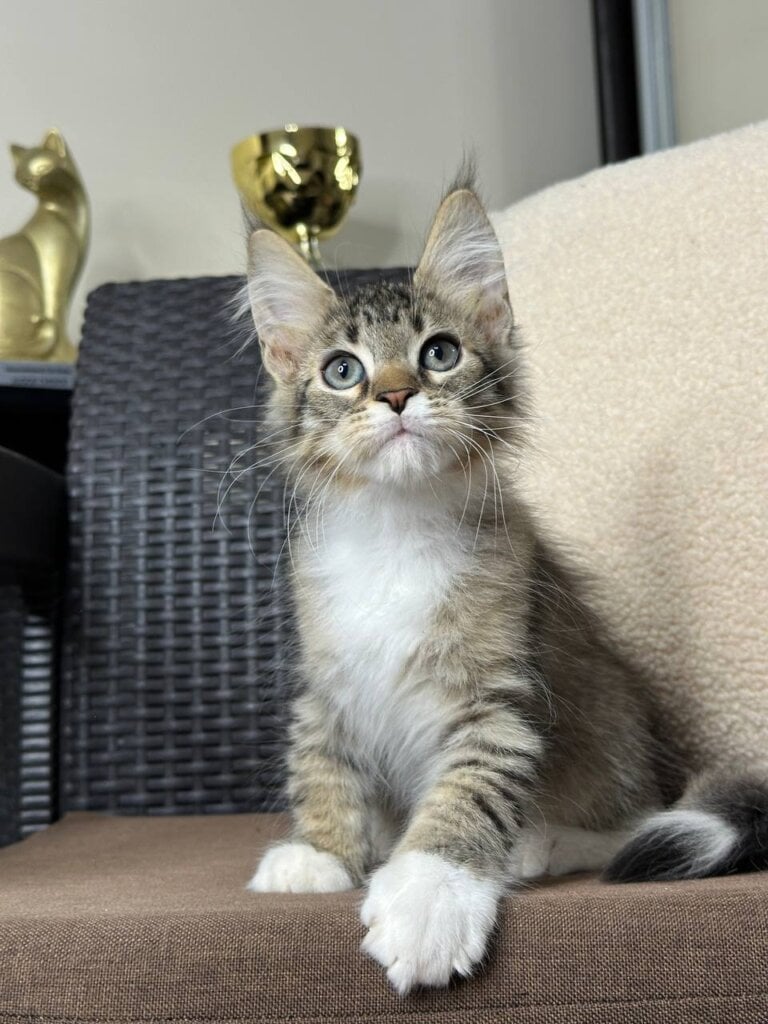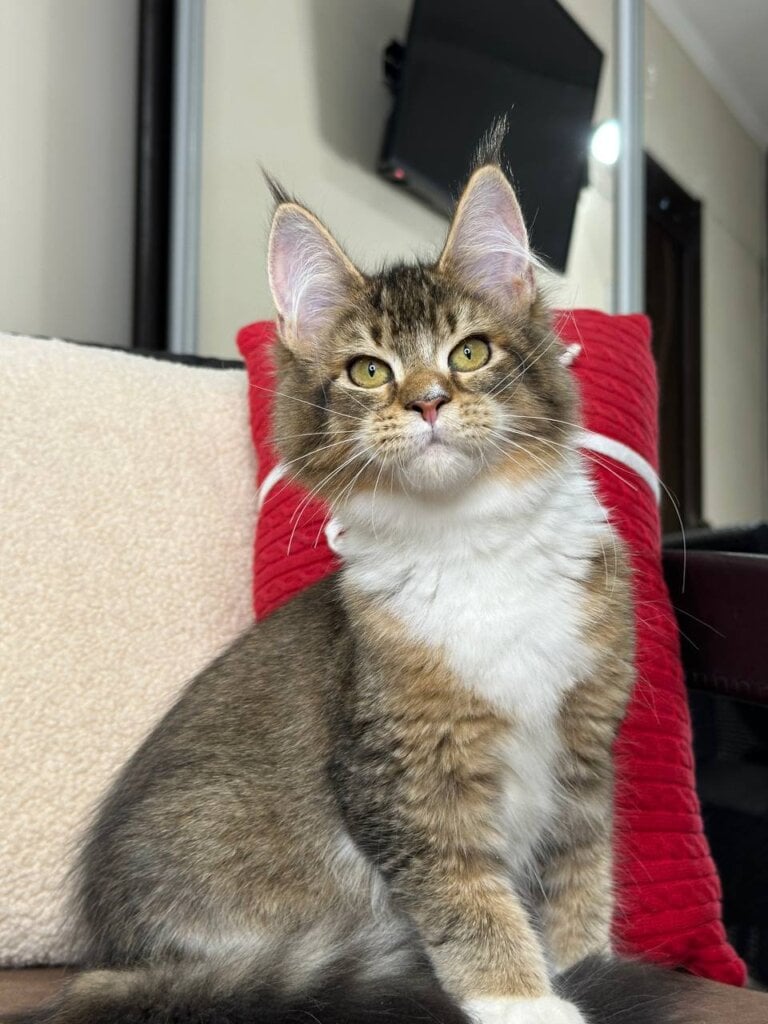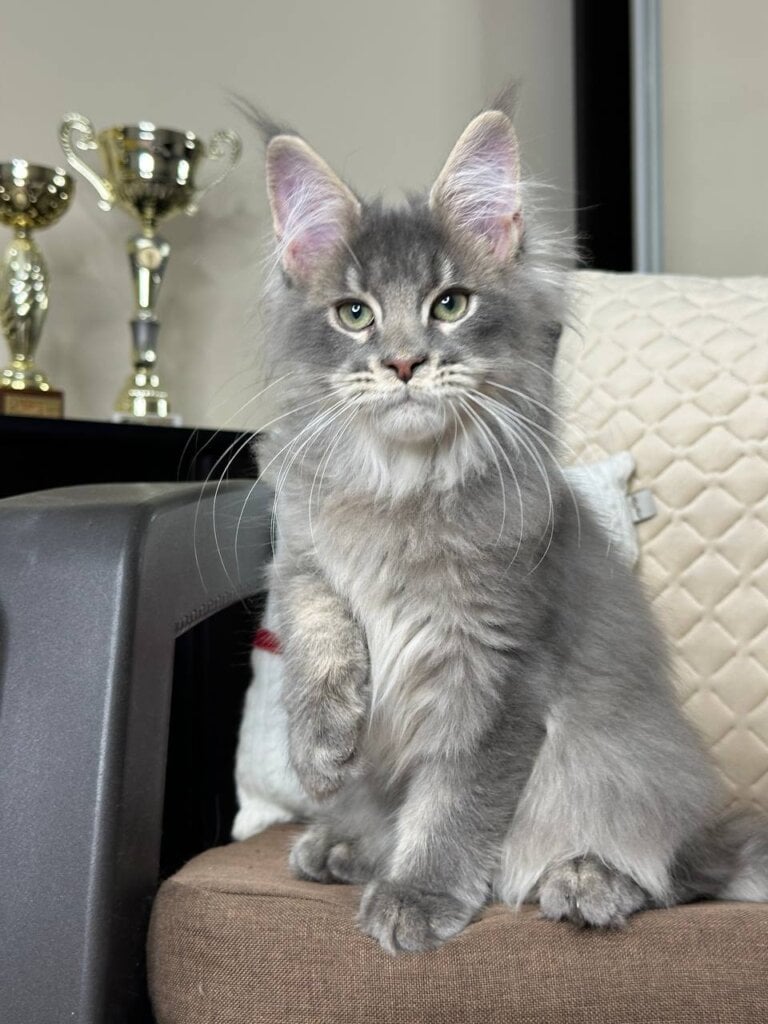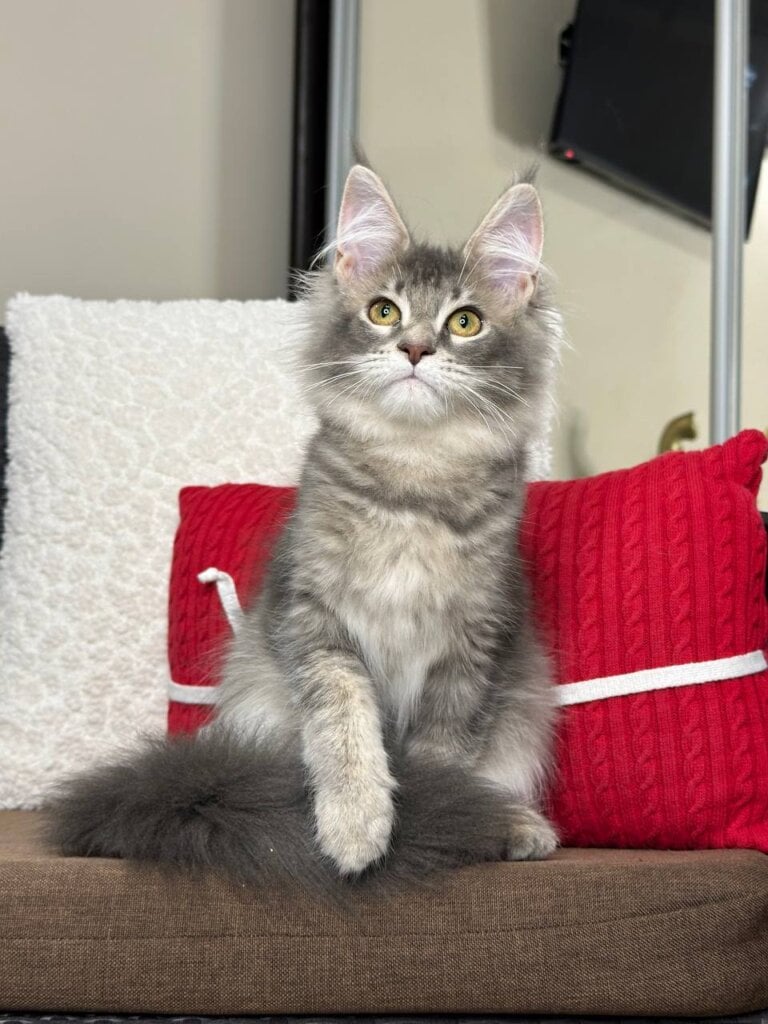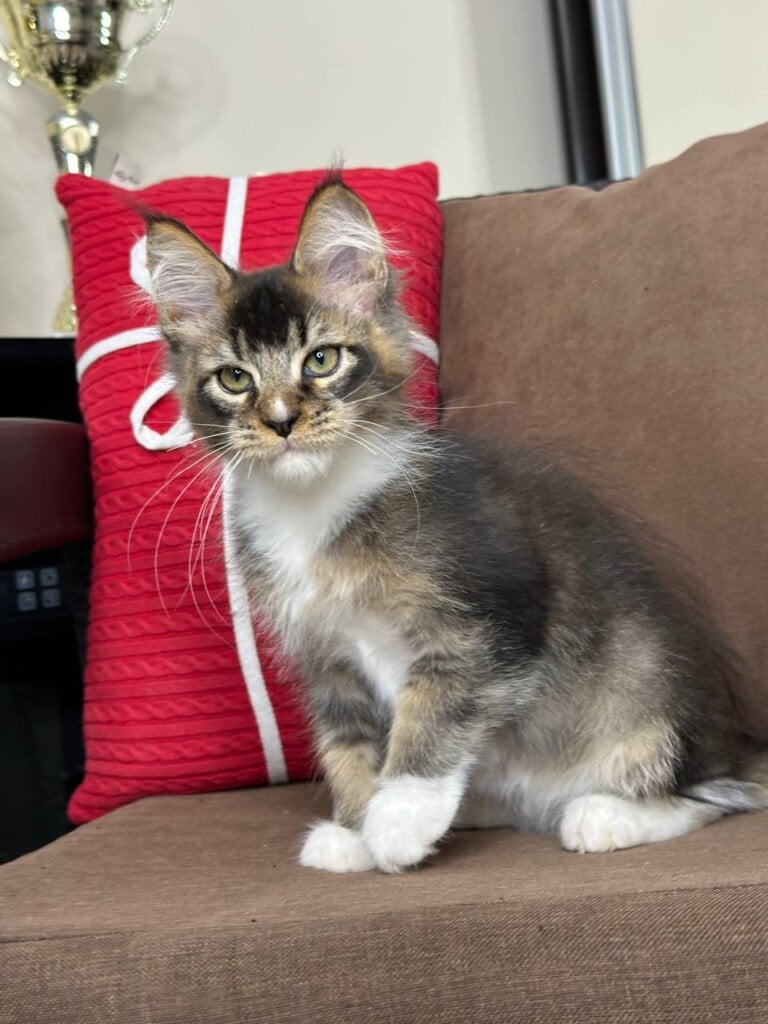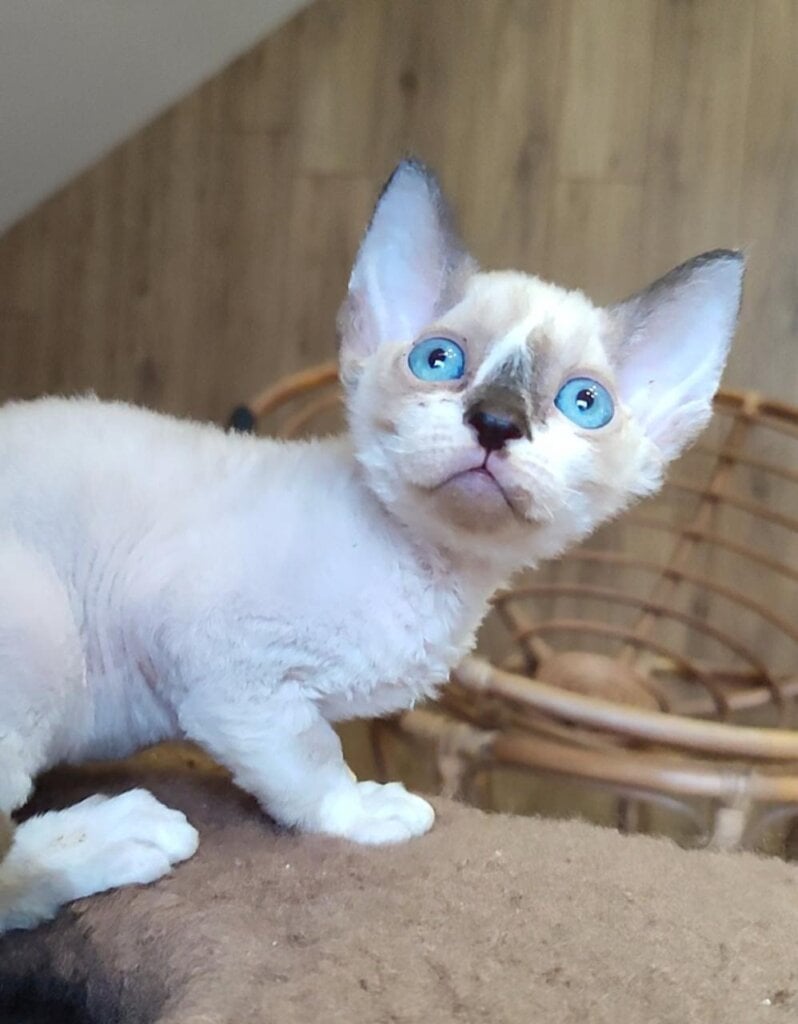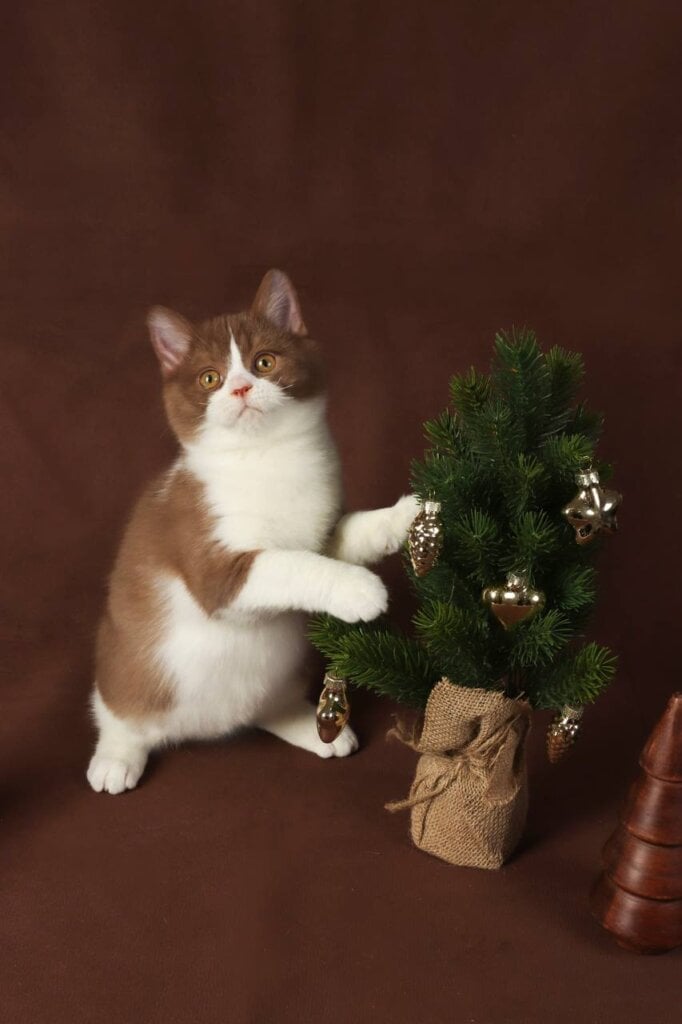Understanding Maine Coon Growth
Kitten Size Overview
When we first look at Maine Coon kittens, their size immediately stands out. Since these kittens tend to be bigger from birth compared to the rest of the breeds, their growth rate is astonishing, especially in their first year. Of course, genetics is a huge factor. If your kitten has big parents, she is more likely to grow up to be a big cat herself.
Our latest example, Fynn, the Maine Coon we adopted two months ago, has basically doubled in size in just eight weeks. At 4 months and 1 week of age, he is currently about 7 pounds. That’s already about as big as some fully-grown cats of other breeds! Maine Coons are notorious for their odd growth spurts.
All kittens go through growth spurts at the same intervals. Every one is growing on their own schedule, so it’s really important to watch their progress closely and on an individual basis.
Average Size of Kittens
On average, Maine Coon kittens weigh about 10 to 16 ounces when born. Their growth is uniform, not erratic, although still dependent on their food intake, surroundings, and genetics. By the time they’re around 4 months of age, most of these kittens are tipping the scales at 5 to 8 lbs.
It’s typical for some males to be at the top end of the scale. They tend to outpace females in size and growth rate. To owners, it’s in their best interest to keep a close eye on their new Maine Coons size by weighing them often. This way we have a better idea of their growth pattern and can catch any health issues before they become a serious problem.
As Fynn continued to grow, we realized he was going to be on the high end of the spectrum. This would be right on target with the average growth for male Maine Coons.
Adult Size Characteristics
Maine Coons are famous for their large adult size. A full-grown Maine Coon usually weighs an average of 10-14 lbs for females and 12-18 lbs for males. These cats are very large, reaching heights of 10 to 16 inches at the shoulder.
Some of them are even long enough to be one as much as 40 inches long from its nose to the end of its tail! These cats typically reach their maximum weight by 12 to 18 months. They don’t become fully mature until they’re about three to five years old.
This slow maturation process is part of what makes Maine Coons special. Perhaps it’s their larger-than-life size that draws so many to them. Combined with their personable and sweet disposition, it’s easy to see why we love this breed!
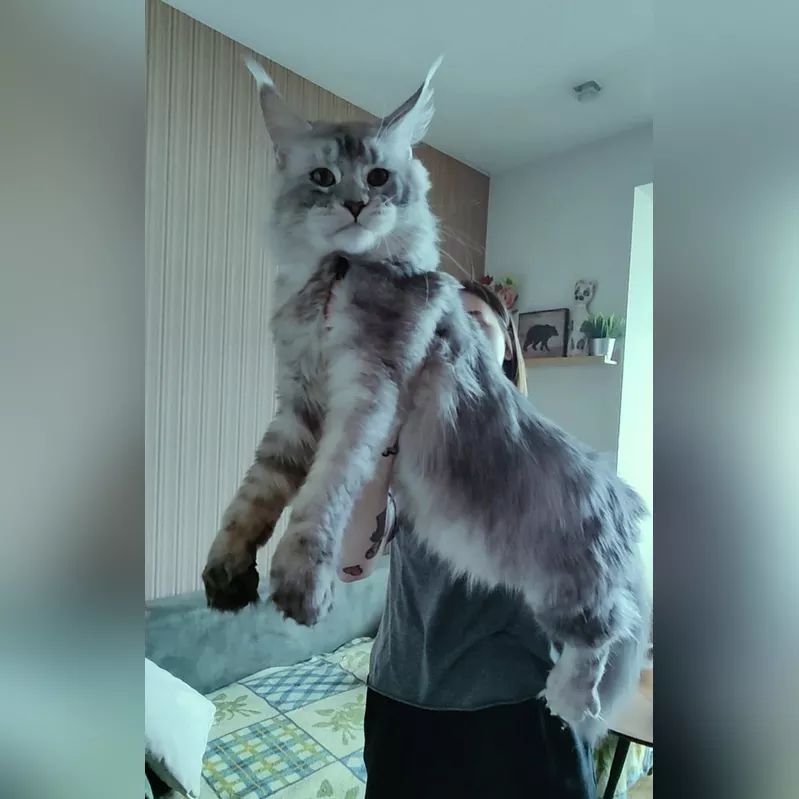
Factors Affecting Maine Coon Size
Genetic Influences
Genetics are the most important factors that affect Maine Coon size. With the Maine Coon, the size of the parents is largely indicative of how big a kitten will eventually get. If their parents were larger, their kittens are probably going to inherit that size as well. This trait usually gets inherited in subsequent generations.
Though, it’s not just about the parents. Kittens can inherit genetically determined traits from several generations back. This is because, even with parents of average size, a kitten can still grow bigger if there’s a history of larger Maine Coons in their lineage.
It’s important to highlight that 30% of Maine Coons are capable of attaining extraordinary sizes. Males, especially, tend to grow much larger, sometimes reaching weights of 25 pounds or more. While this will be an atypical circumstance, it is a great example of how genetics can create drastic size variations. This phenomenon can happen even within a single breed.
Dietary Impact
Nutrition plays a huge role in deciding how big a Maine Coon will grow. To achieve the correct size, a high-quality diet that is high in meat content is needed for growth and development. Protein is essential, as it helps develop strong muscles and contributes to a healthy body overall.
Feeding Maine Coon kittens a diet that’s high in chicken, turkey, or fish ensures they’re getting the nutrients they need. This is what allows them to get big and healthy! Feeding frequency is important too, particularly during the kitten stage. Maine Coon kittens do best on smaller, more frequent meals.
These meals provide them with the energy they require to remain active and playful, and maintain their growth as well. While overfeeding should be discouraged as excess weight can alter their natural growth pattern, Maine Coons are big eaters by nature. Weigh them regularly so you can keep track of their growth progress.
Keep an eye on their portion sizes to make sure they don’t get heavy. Exercise factors in, too. Physical activities such as climbing, chasing toys, or even structured playtime help build healthy muscle tone and avoid unwanted weight gain. This combination of a proper diet and the right amount of physical activity is what creates the perfect storm for them to achieve their maximum size potential.
Gender Differences
Gender is the second factor that has a direct impact on the size of Maine Coon cats. Male Maine Coons are larger than their female counterparts, usually having a few pounds on them. Females typically weigh around 10 – 15 lbs.
On the other hand, males can reach jaw-dropping weights of 15 to 25 pounds or more. This size difference contributes to why males often look more robust and muscular than females. Age comes into play here as well. Maine Coons grow until they are around 3 to 5 years old.
Due to this trait, you will not see them reach their maximum size throughout their kitten stage. This slow growth rate requires that both males and females receive proper care for at least 3-5 years to achieve their maximum size.
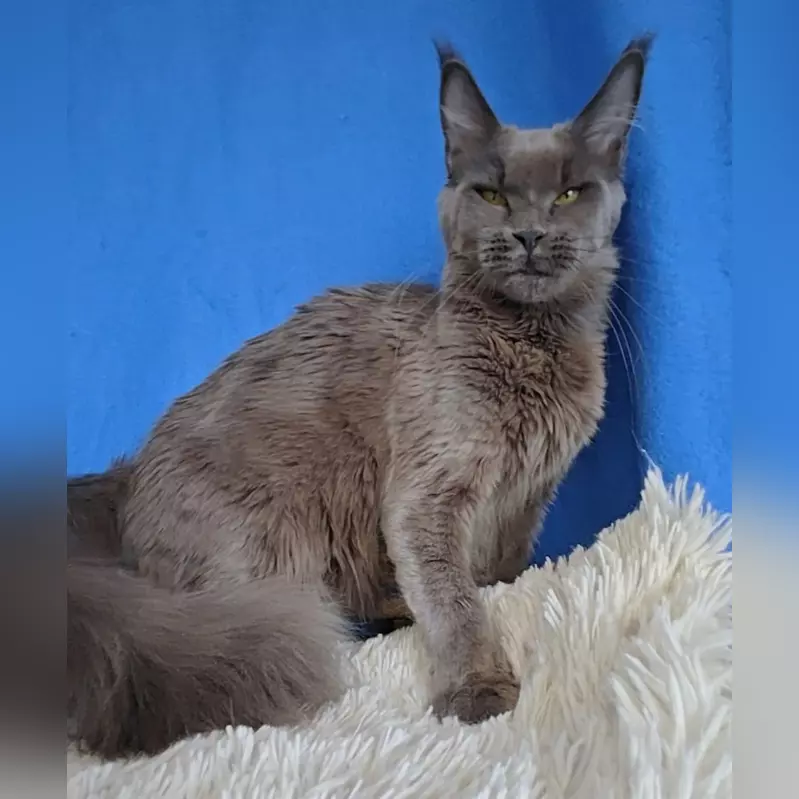
Male vs Female Maine Coon Size
Male Cat Characteristics
Male Maine Coons tend to be the larger of the sexes, and it shows. Adult males typically weigh from 15 to 25 pounds. This impressive size makes them one of the largest domesticated cat breeds.
Due to their larger frame, males tend to have a more muscular and powerful build. This size difference is evident not only in their weight but their length and overall presence. For reference, our male Maine Coon, Biggie, topped out at a gigantic 19 pounds by his first birthday.
He just may continue to grow, as many Maine Coons take 3 to 5 years to reach their full size. Although male Maine Coons aren’t just bigger, it’s true that they often have broader faces and other thicker features.
This unusual mix endows them with such a strong, muscular and regal look. These traits can give males a stunning appearance, especially accompanied by their fluffy, long bushy tails and lion-like mane. Due to their bigger size, they are definitely more noticeable in a home.
They have a proclivity for lounging in places where they get the maximum attention from all.
Female Cat Characteristics
Even at her smallest, female Maine Coons are queens among their cat peers. They are smaller and lighter than the males. Fully grown females usually weigh in at 10 to 15 pounds.
Their overall frame is usually smaller, as they tend to be sleeker and more refined in appearance. Females usually tend to be smaller, making them a little easier to manage. They’re incredibly well-suited to apartment living.
Females usually have smaller, more refined facial features and a somewhat more petite appearance. Their size doesn’t diminish their irresistibility. Female Maine Coons also inherit the breed’s signature traits, like their long fur and tufted ears.
These characteristics render them no less stunning than the males, in a subtler fashion. If you want a smaller cat, adopting a female Maine Coon could be the way to go.
Comparing Male and Female Sizes
Male Maine Coons tend to be significantly larger than female Maine Coons. They can weigh up to 15-25% more than females. Females finish at an average of 15 pounds.
By comparison, males typically start at that weight and reach up to 25 pounds. While the difference in weight might be just a few pounds, it plays a crucial role in their overall size and build. Oh, you can feel it alright.
Just look at Biggie, a male Maine Coon, for example. His larger frame and bulkier stature are instantly obvious when you place him next to a female of the same age.
This reliable gender size difference allows you to make a more informed choice about which gender will suit you best. This helps you to find the best fit for your home. Others may be enamored with a male’s larger than life size.
For some, the easier-to-handle size of a female might be preferred.
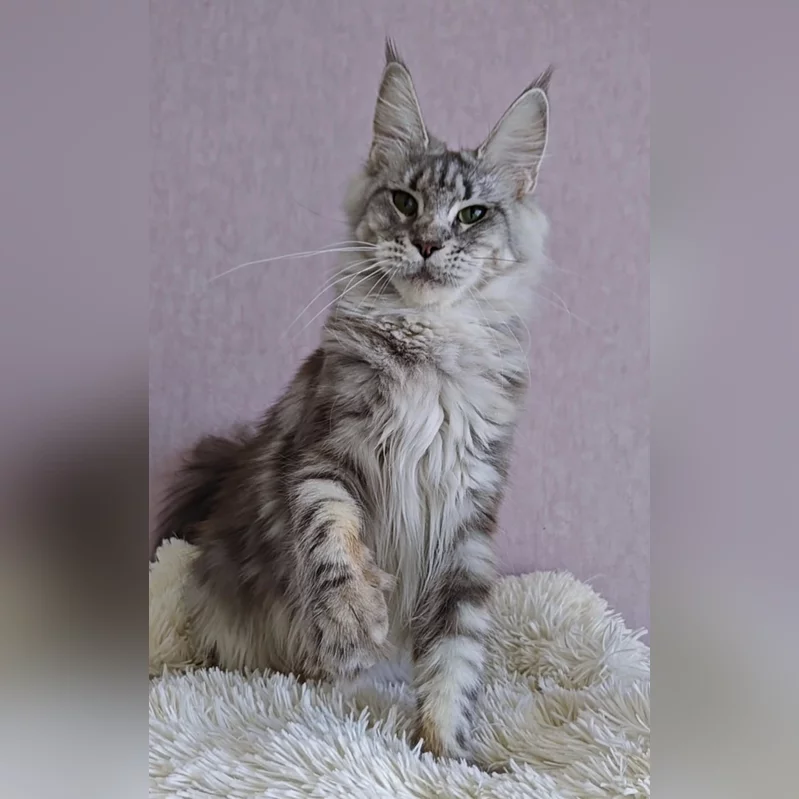
Maine Coon Size Compared to Other Breeds
Comparison with Long-Haired Cats
When we picture long-haired cats, breeds such as Ragdolls and Persians usually spring to mind. These breeds are well-known for their large, plush coats and graceful appearance. They simply don’t measure up to the size of Maine Coons.
Maine Coons are one of the largest domestic cat breeds, both in weight and body length. So, for example, male Maine Coons usually weigh 18 to 22 pounds and females tend to weigh 10 – 15 pounds. Ragdolls are a giant breed of cats. Average male Maine Coons tend to be in the 10 to 20-pound range and females 8 to 15 pounds.
Persians can appear large due to their dense fur, but they weigh significantly less. Males usually weigh an average of 9 to 14 pounds and females from 7 to 11 pounds.
What really makes Maine Coons different isn’t just their heavy weight but their impressive overall build. With their muscular frames and very long and bushy tails, they give off an impressive and intimidating size. They’re slow to mature, sometimes taking three to five years to mature to their full size.
Around their first birthday they’re typically at least 80% of their full size. Their growth doesn’t end with the stop; it accelerates at a constant speed.
Comparison with Turkish Angora Cats
Turkish Angoras, another long-haired breed, have a reputation for elegant, slender bodies. While they’re definitely spectacular, their size is rather paltry when compared to Maine Coons. Turkish Angoras traditionally weigh around 5-10 pounds, making them much lighter than even the smallest of Maine Coons.
Their bodies are less massive, with long, slender limbs and a graceful look. Maine Coons have a much stockier and sturdier appearance. Their wide chests, heavy bone structure, and large paws accentuate their large size.
A Maine Coon can actually double a Turkish Angora’s body length. Though the Turkish Angora sports a long-haired coat, it generally has a more petite body.
Comparison with Domestic Cats
When you consider the size of Maine Coons in relation to domestic shorthair cats, the disparity is even more impressive. Domestic cats – the kind of cats most of us think of as “regular” house cats – average between 8 and 10 pounds in weight. Their bodies are relatively stocky, and their tails and legs are short in proportion.
Maine Coons reach excess length as well, not just mass. Maine Coons weigh a solid amount more than other cats. Many of these majestic kitties can grow up to 40 inches long from nose to tail!
The Maine Coon size is heavily influenced by the breed’s genetics. The best way to gauge how big a kitten is going to get is looking at the size of the parents.
This genetic influence, paired with their slow maturation, leads to a cat that commands attention in any space. Domestic cats are well-loved for their small size and flexibility. They don’t hold a candle to the magnificent presence that a Maine Coon brings.
Unique Growth Patterns of Maine Coons
Growth Spurts Explained
Like the Maine Coon cat adult, Maine Coon kittens grow in a unique way compared to other feline breeds. While most cats reach their adult size in about a year, Maine Coons are slow to develop, not reaching their full size until about three to five years old. This languorous growth gives their bodies time to develop correctly, supporting their huge frame and unique details.
To give you an example, a Maine Coon kitten at three months old could weigh approximately 3 to 5 pounds. You’d be surprised at their growth spurts. That’s because a 2-month-old 7-pound kitten can easily double its weight in a matter of weeks. In fact, one of the kittens weighed in at a jaw-dropping 14 pounds by the time it was four months and one week.
These spurts of growth do not happen on any sort of timetable, which is the thrilling factor of nurturing a Maine Coon. Their appetite and activity around these periods will usually tell you that something is going on. It’s common for owners to find their kittens have outgrown their collars by morning.
They may observe their kittens’ tails and bodies growing in length quite suddenly. Those surges of growth though, to me, are remarkable!
Best Practices for Maine Coon Growth Patterns
They keep Maine Coons growing up to be the healthy, happy adults we love.
Predicting Future Size
Unlike other cat breeds, figuring out how big a Maine Coon will get is a balance of sight and genetics. When it comes to size, the parent’s size usually provides the most obvious hint. Conversely, if both parents are on the larger end of the Maine Coon spectrum, their kittens are bound to be big as well.
This means that size tends to be hereditary! Male Maine Coons typically weigh 13 to 25 pounds. In comparison, females generally weigh 8-12 pounds. In extreme cases, Maine Coons can grow to 30 pounds, though much of that time they’re simply obese.
Length is the other aspect that jumps out. Fully grown Maine Coons can reach up to 40 inches from their nose to the tip of their tail, making them one of the longest domesticated cat breeds. Not every kitten will become a record-breaking giant.
Differences in growth rate and ultimate size are common, even among members of the same litter. Certain kittens will outgrow their littermates, but this isn’t a clear sign of how big they’ll be as adults.
Lastly, it’s worth noting that Maine Coons stay “works in progress” longer than any other breed. Though they can be full-sized, they aren’t finished growing just yet. They can still fill out and develop more musculature until they’re about five years of age.
While that slow, steady growth may seem like a downer, it’s actually what makes the Maine Coon such a special breed.
Measuring and Maintaining Healthy Size
How to Measure Your Cat
Measuring your Maine Coon kitten is essential for understanding how big they may get. To measure their height, you can use a measuring tape or ruler. Put your kitten on a flat surface in an upright position.
Then measure the distance from the ground to the place at the top of their shoulder blades. Adult Maine Coons typically loom over other cats at 10 to 16 inches tall, though kittens will obviously be much smaller.
Then check in on their growth every few months to see how they’re doing. This is particularly crucial as Maine Coon kittens experience tremendous growth in their first year.
For length, lightly stretch your kitten out from the tip of their nose to the base of their tail. Adult Maine Coons can reach up to 40 inches in length, which is quite remarkable for a domestic breed.
Keeping track of these measurements can provide you an excellent overview of how your kitten is maturing throughout the months. One cat owner recently got a big surprise when she learned her 4-month-old Maine Coon kitten was 7 pounds.
This is an incredible reminder of just how fast these felines grow!
Guidelines for Healthy Weight
Keeping your kitty at a healthy size is an important step to keeping your Maine Coon happy and healthy. Adult Maine Coon cats weigh from 13 to 18 pounds for females and 15 to 25 pounds for males.
Kittens should be different weights as they mature. For example, Maine Coon kittens can double their weight in just two months. You can keep track of their progress with regular weighing, at home with a kitchen scale or at the vet.
Their thick, fluffy coat can obscure if they are chubby or skinny. Keep these in mind when determining their health! One of the best methods to determine this is by running your hands across their sides.
You should be able to lightly stroke your kitten’s ribs without applying excessive force. If they aren’t sticking out too much, your kitten is probably at a healthy weight.
Dietary Needs for Optimal Growth
Maine Coon kittens have increased energy requirements, and their diet must be tailored accordingly. Due to their small stomachs, it works better to provide them with smaller-sized feedings.
Try to feed them two to six times daily rather than a few large meals. Choose high-quality, protein-rich kitten food to promote their fast-growing, energetic lives.
As they grow into adulthood, their caloric needs evolve. Adult Maine Coons need an estimated 50 – 70 calories per pound of body weight each day.
Preventing obesity through providing balanced meals and not overfeeding is a must for any breed and can be more difficult to detect in this cotton-ball-like breed.
By keeping an eye on portion size and maintaining a regular feeding routine, you’ll do your part in keeping them healthy for years to come.
Addressing Size Misconceptions
Record-Breaking Maine Coon Sizes
People are wowed when they see Maine Coons because of how big they are. Many people have no idea what “big” really means for these incredible canine athletes. Some folks might be looking for each Maine Coon to hit record-breaking heights. When properly taken care of, Maine Coons can reach exceptional sizes.
Don’t expect every Maine Coon to look like a miniature lion sprawled across your sofa. Adult males typically weigh from 14 to 20 pounds, with females generally remaining in the 10- to 14-pound class. That’s certainly a big cat, but that’s a world away from the giant cats people often imagine.
Every so often you may hear about Maine Coons weighing almost 30 pounds. While these stories may be eye-catching, they tend to indicate obesity as opposed to organic development. Healthy Maine Coons don’t usually reach those sizes. Their size is more than just an issue of weight.
They are perhaps just as well known for their height and length of body. Adults average between 10 and 16 inches in height. Including their bushy tails, which can measure up to 14 inches, they can reach up to 40 inches in length. These measurements are the upper end of the range, not the normal.
It’s important to mention that Maine Coons take a longer time to reach their full size compared to other cat breeds. In fact, they don’t reach their complete adult stature until about five years of age. Even beyond that, they can still be catching up in building muscle mass and putting on some weight.
In fact, some Maine Coons are over 21 pounds by the time they turn one year old. Others could weigh much less than that. That really just depends on genetics, diet and activity level.
Health Over Size in Breeding
Although it’s easy to get caught up on size, breeding responsibly should always put the health and well-being of the cat first. Bigger in size doesn’t necessarily equate to a healthier Maine Coon. Breeding just for size raises the likelihood of health problems.
This encompasses issues like joint deformities and some cardiovascular conditions. An otherwise healthy Maine Coon has a muscular frame and should be of appropriate body weight. It shouldn’t just be about hard work…
Responsible breeders are concerned with breeding cats that stay within healthy weight ranges. For males, this usually entails remaining in the range of 14 to 20 pounds, females commonly weighing 10 to 14 pounds.
Feed them a healthy diet and keep them active. In this manner, they’ll become strong, healthy adults without developing a taste for excess pounds.
